We entered Ecuador and soon found ourselves crossing the equator and entering the Southern Hemisphere, wow what a feeling! We have come a long way since dipping our toes into the Arctic Ocean in Alaska. It felt good to reach this milestone, our first equatorial crossing on the American continent. We did not go to the main tourist equator crossing but instead headed for a little known crossing where we had the spot to ourselves.
Enlarge
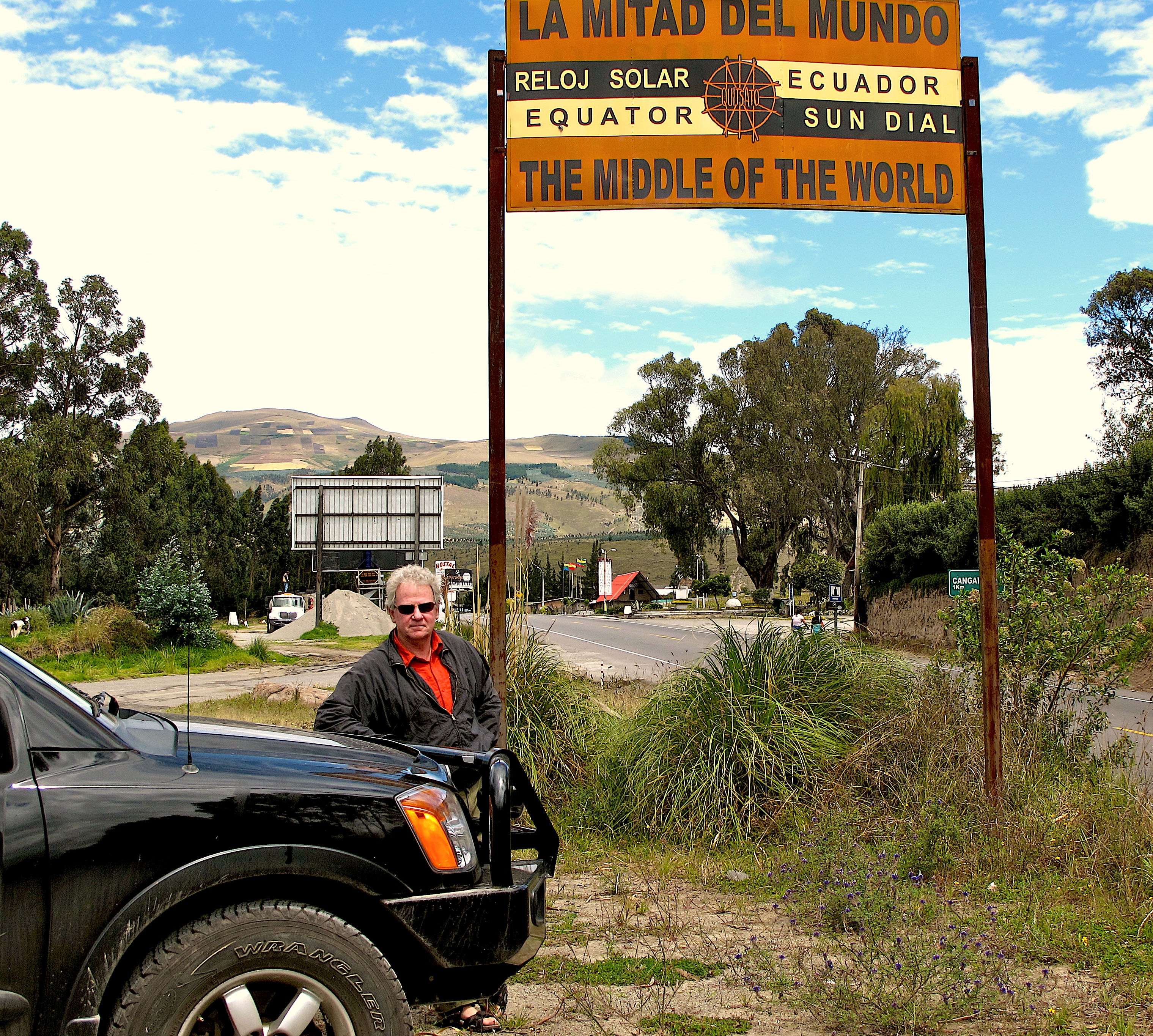
Adventurouspirits
Enlarge
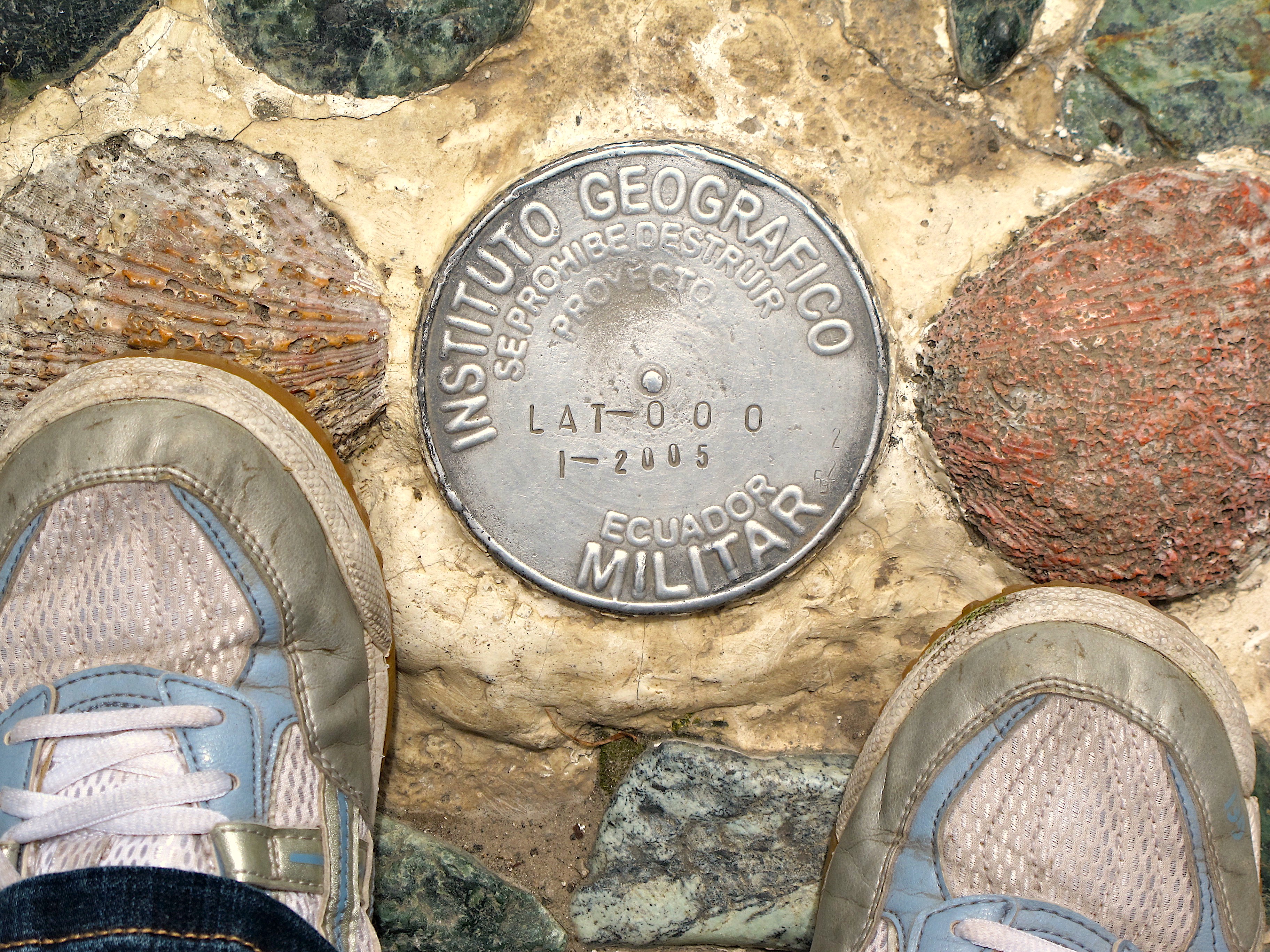
Adventurouspirits
Enlarge
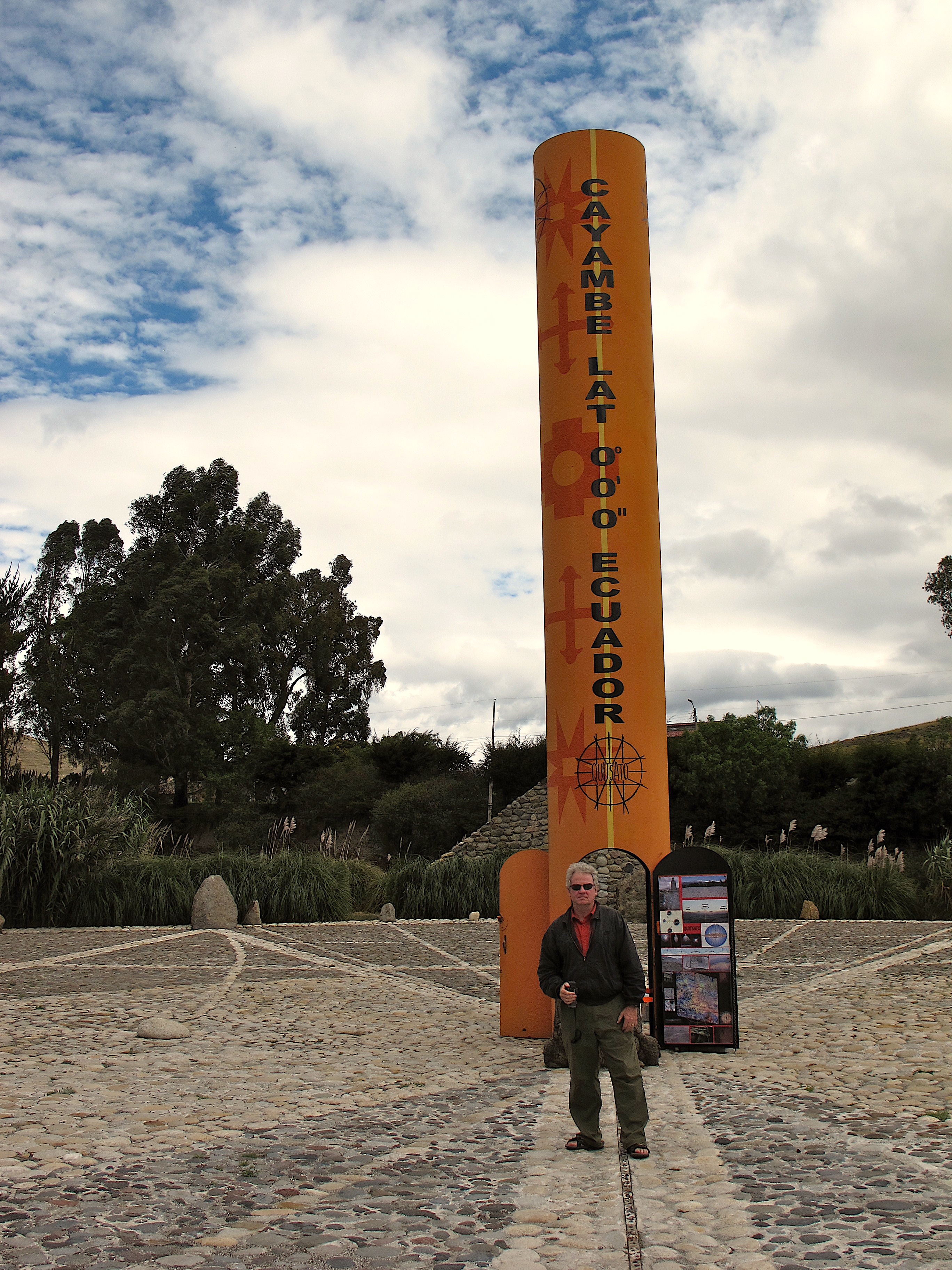
Adventurouspirits
We headed off the main PanAm highway, hoping to see some of the beautiful lakes in the area, but it was raining and soon the fog closed in. We saw the road ahead disappear into what seem to be a lake. We debated whether to continue as the road was a muddy mess, and we could not determine whether the road ended in the lake or the road was just flooded. Therefore, we turned back and camped the night at a hostel La Luna, beautifully located but also surrounded by fog. The following morning we decided rather than waiting for the fog to lift, we would head for Quito the capital of Ecuador.
Enlarge

Adventurouspirits
Enlarge
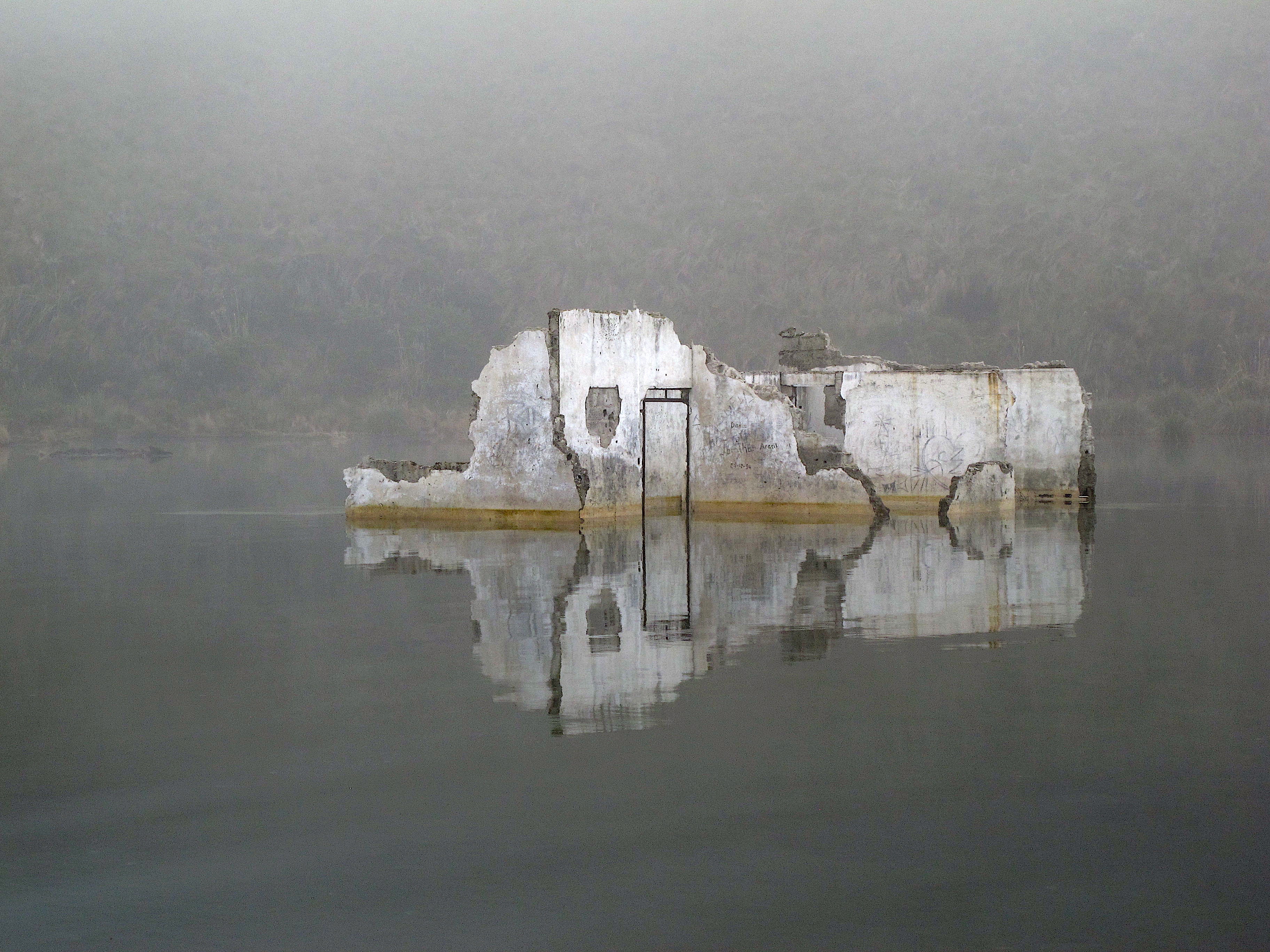
Adventurouspirits
Quito is a big modern bustling city where we planned to find a secure location to store our truck while we went to visit the Galapagos Islands.
Enlarge
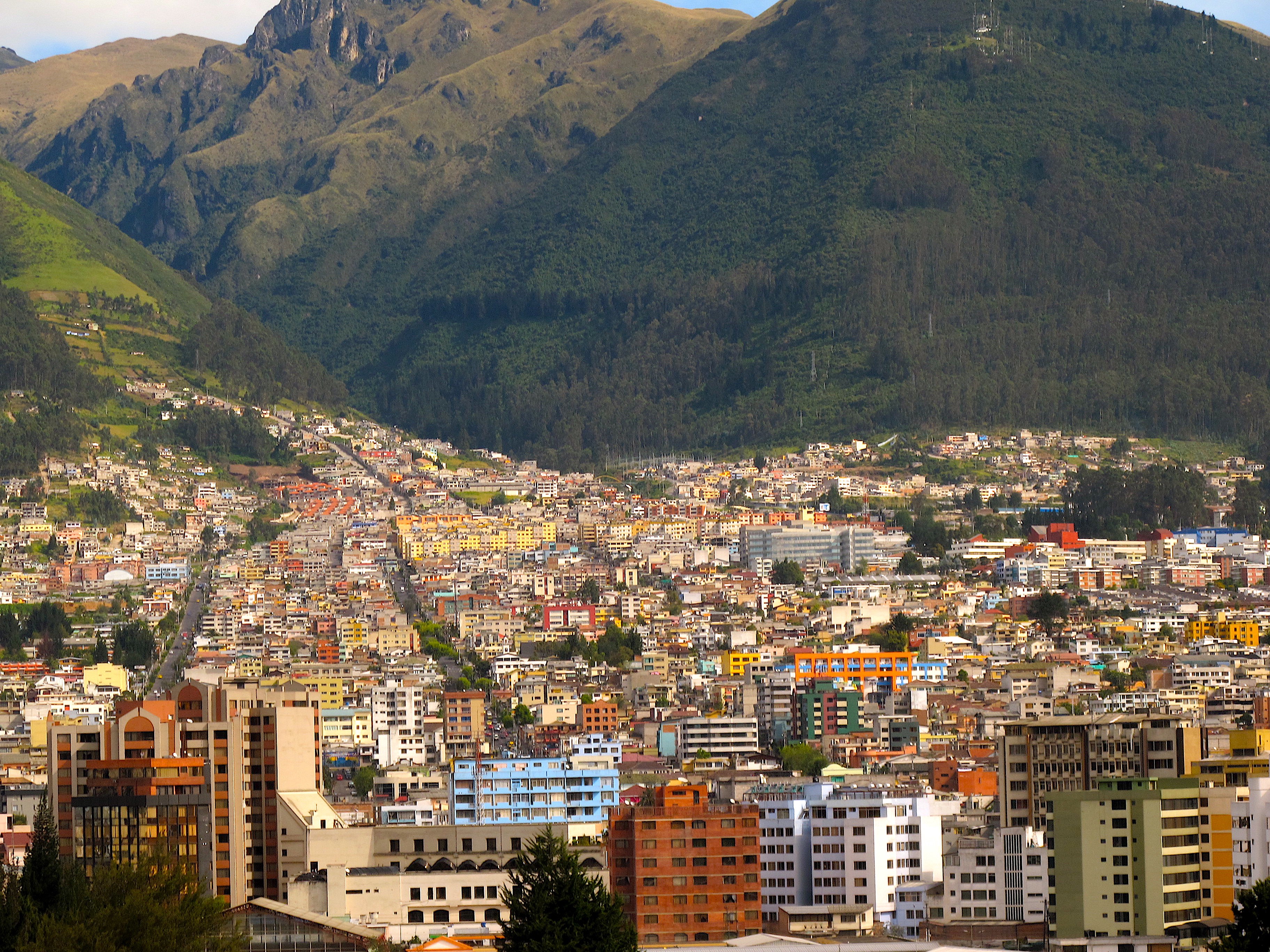
Adventurouspirits
We finally found a parking lot that looked secure and booked into a hotel for the night. Then we searched for a last minute Galapagos cruise deal and the following day we were flying across the ocean towards the Galapagos.
Enlarge
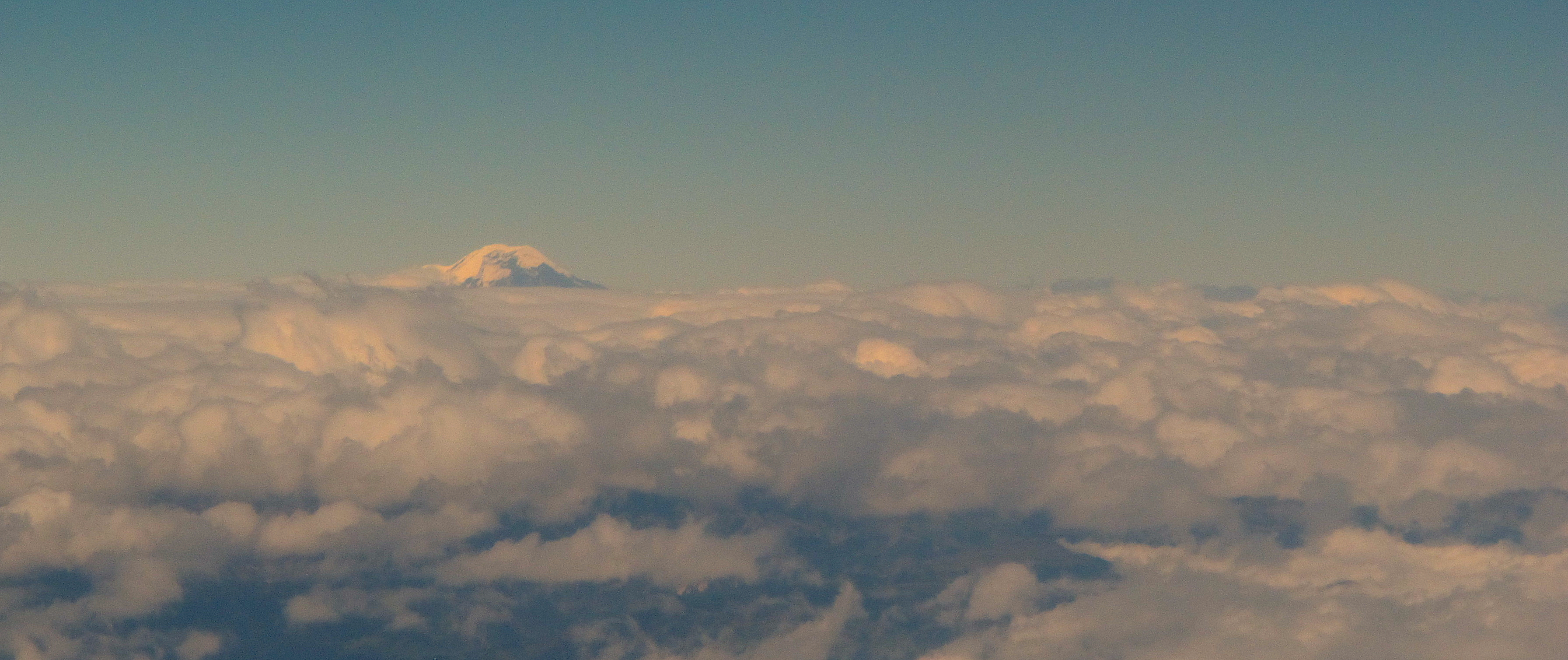
Adventurouspirits
The Galapagos Islands are an archipelago of volcanic origin located about 1000km west of Ecuador straddling the equator. There are five larger islands (greater than 500 square km), and 17 smaller ones and dozens of tiny islets. The last minute 8 day cruise we had booked on was departing from the Island of Santa Cruz. After landing we took a bus from the airport to the main town centre Puerto Ayora and booked ourselves into a hotel.
Enlarge

Adventurouspirits
Enlarge
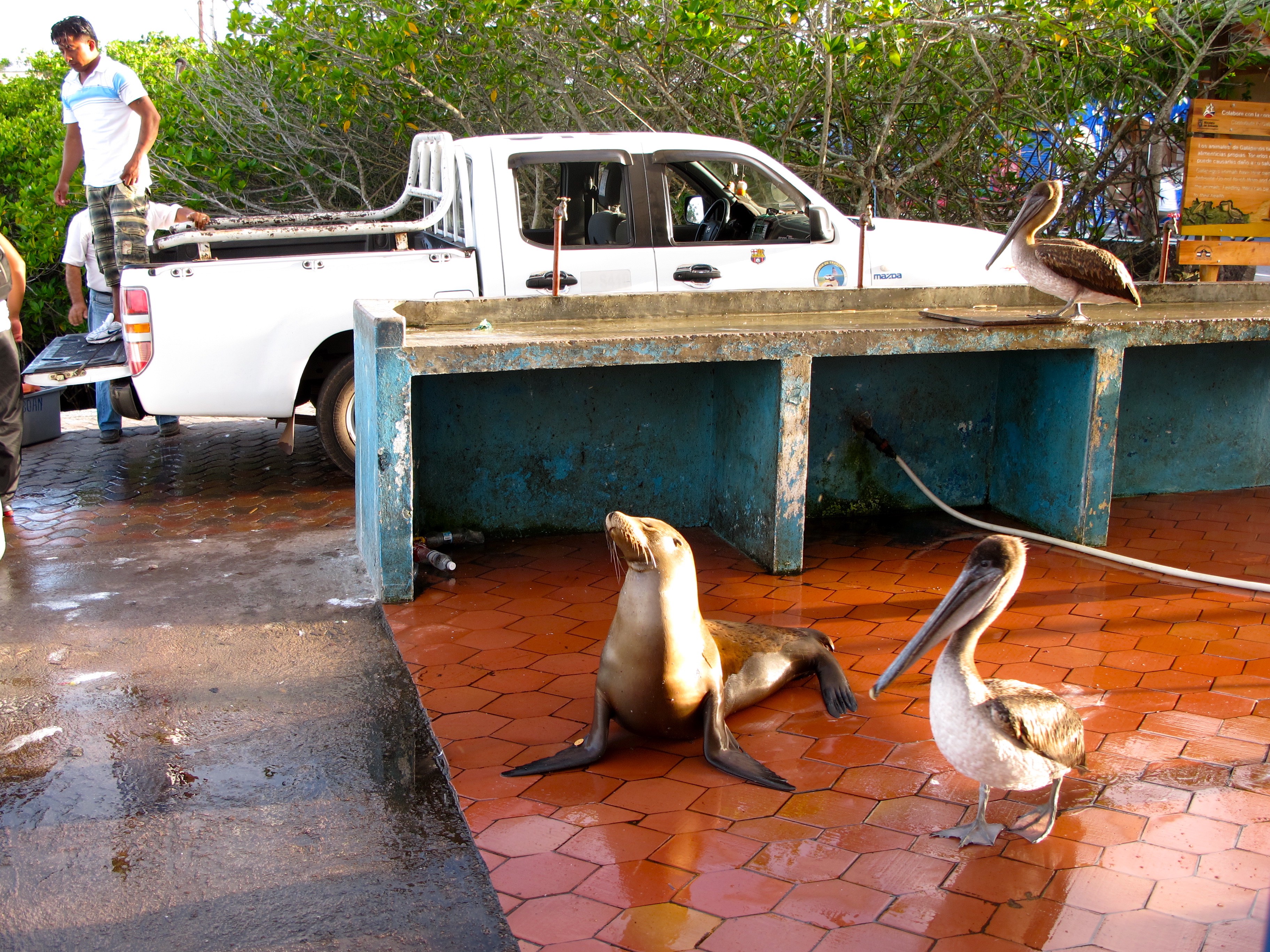
Adventurouspirits
At the hotel Tom realized, he had left his video camera and glasses on the bus from the airport. We now had the task of tracking down the bus and trying to retrieve the camera. He was frantic, it was well after 5pm and when we took a cab to the bus depot, it was all locked up. Back in town, we found someone who knew where a bus driver lived, so we set off to track him down. It was not our bus driver but he agreed to assist us in tracking down the camera and glasses. We all headed back to the bus depot, where the tasks of entering the locked depot with the locked buses began.Finally, we succeeded by climbing through a window of the first bus and finding his belongings, we were extremely lucky to have been able to find someone willing to help us.
Enlarge
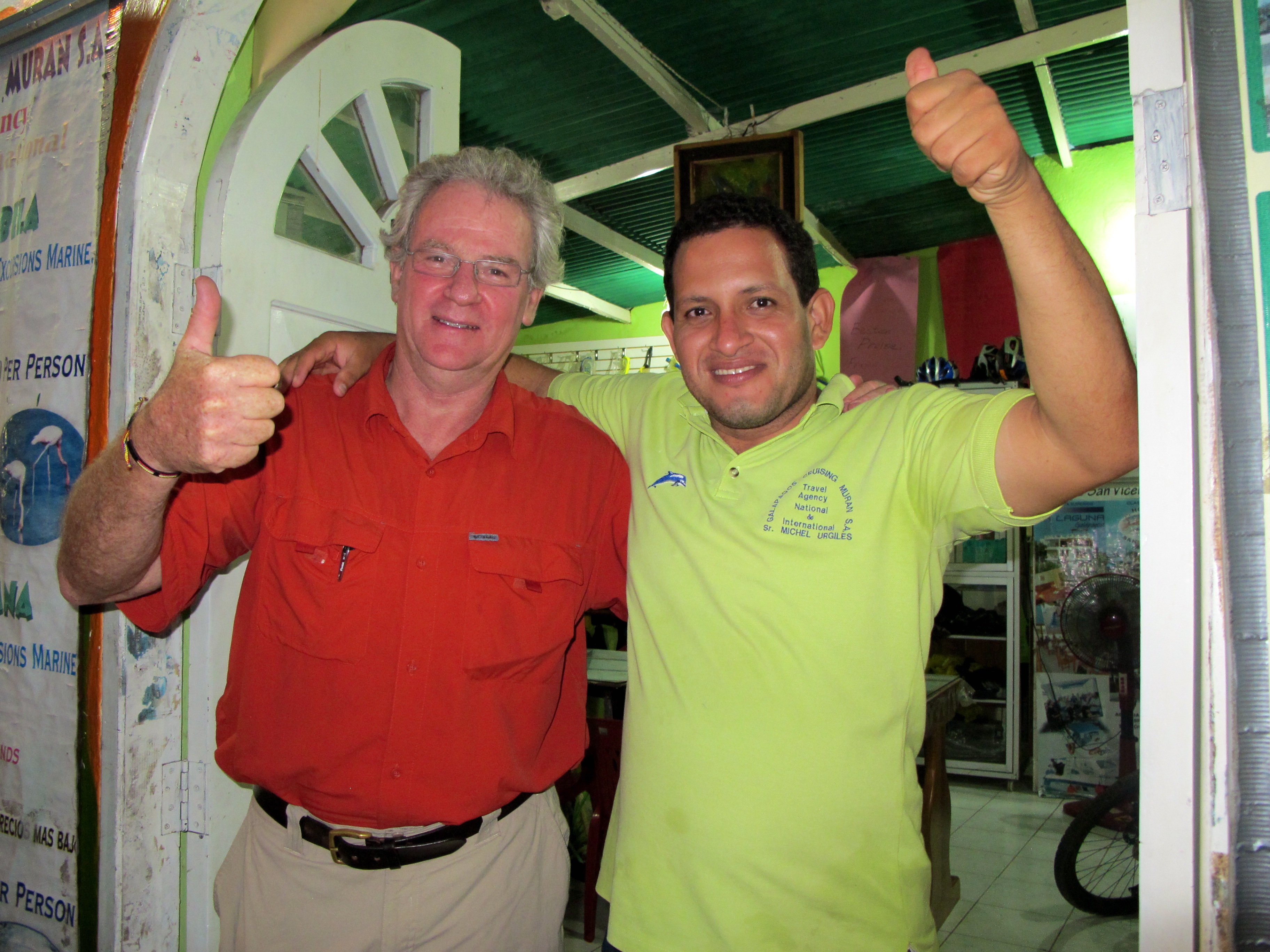
Adventurouspirits
We had arrived 2 days earlier than our cruise departure date, as Tom wanted to do some Scuba diving on the islands. He headed off to dive around Gordon’s rock and was thrilled as he saw lots of hammerhead sharks, turtles, seals and white tip sharks.
Enlarge
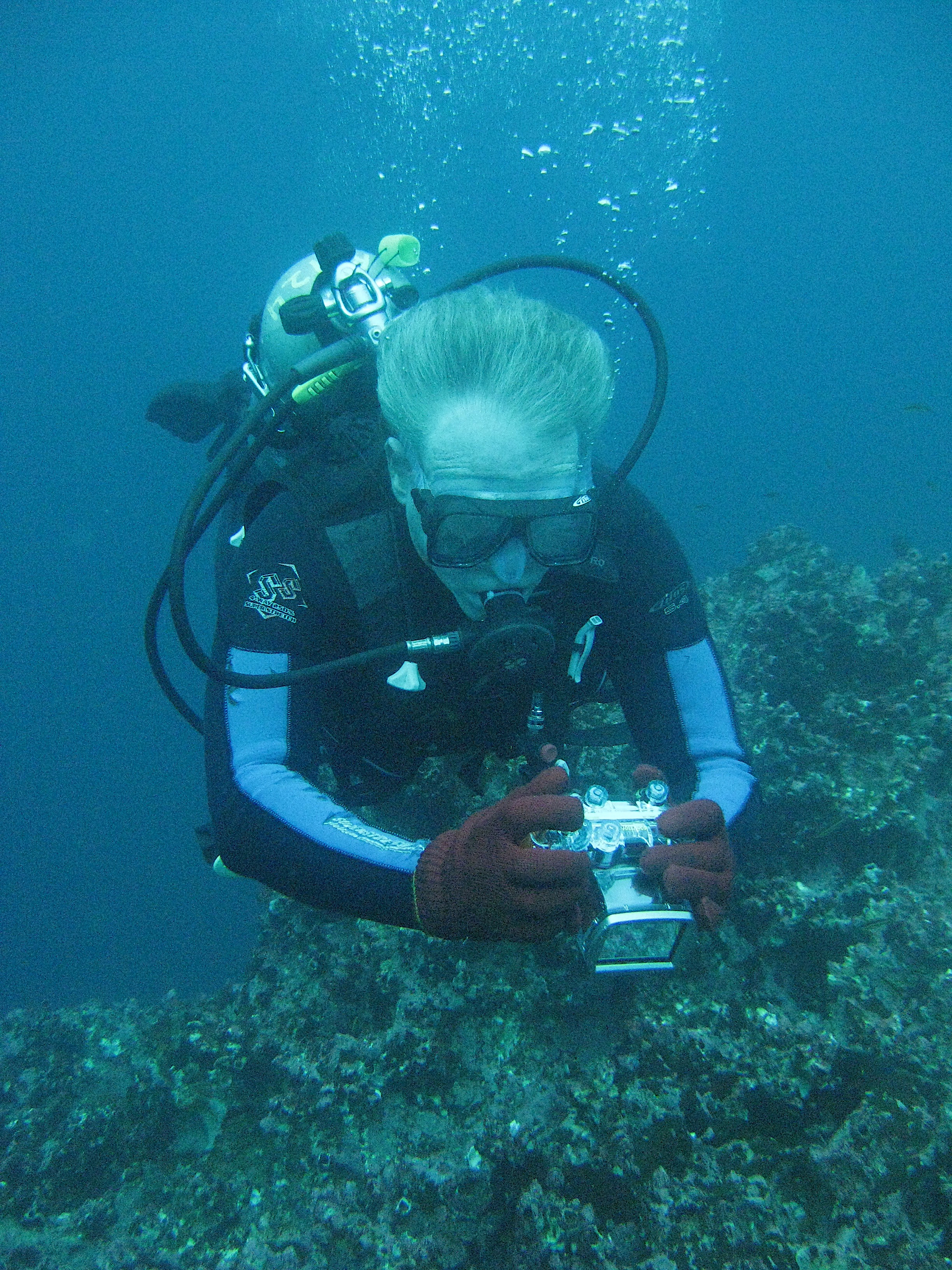
Adventurouspirits
Enlarge
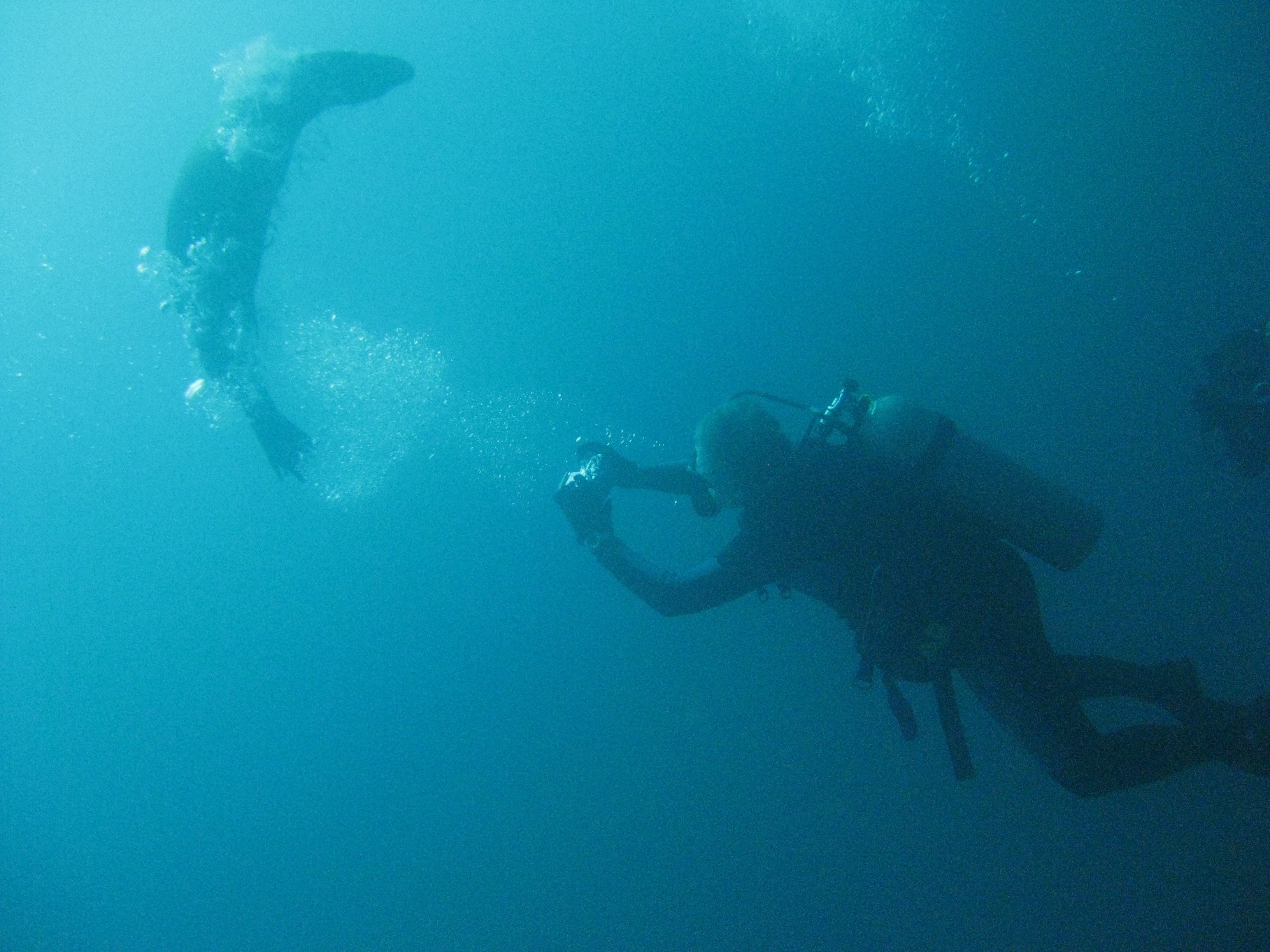
Adventurouspirits
Enlarge

Adventurouspirits
Enlarge
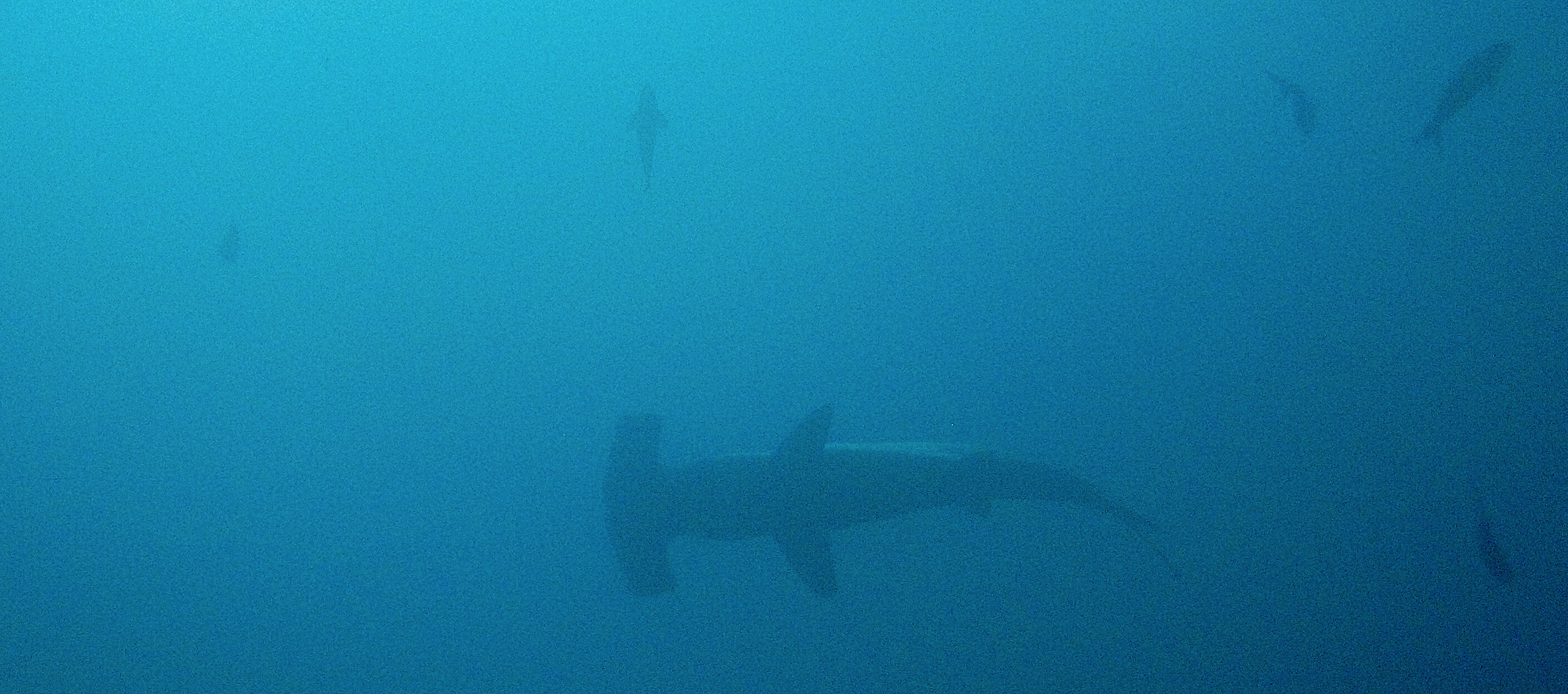
Adventurouspirits
Finally, our boat arrived the Aida Maria and together with 16 passengers and crew, we set off to explore the Galapagos Islands.
Enlarge
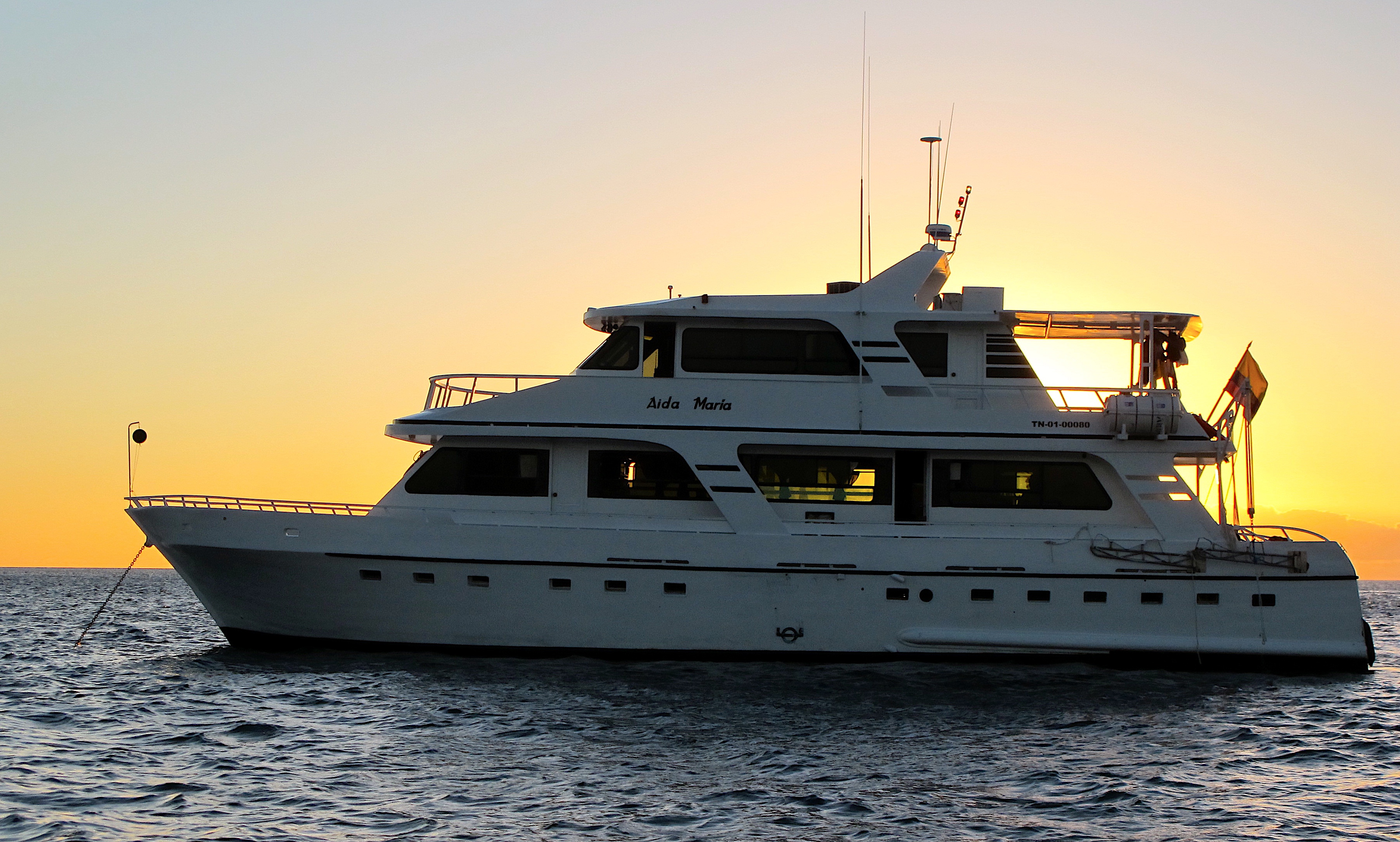
Adventurouspirits
Our first night at sea provided us with a spectacular welcome.
Enlarge
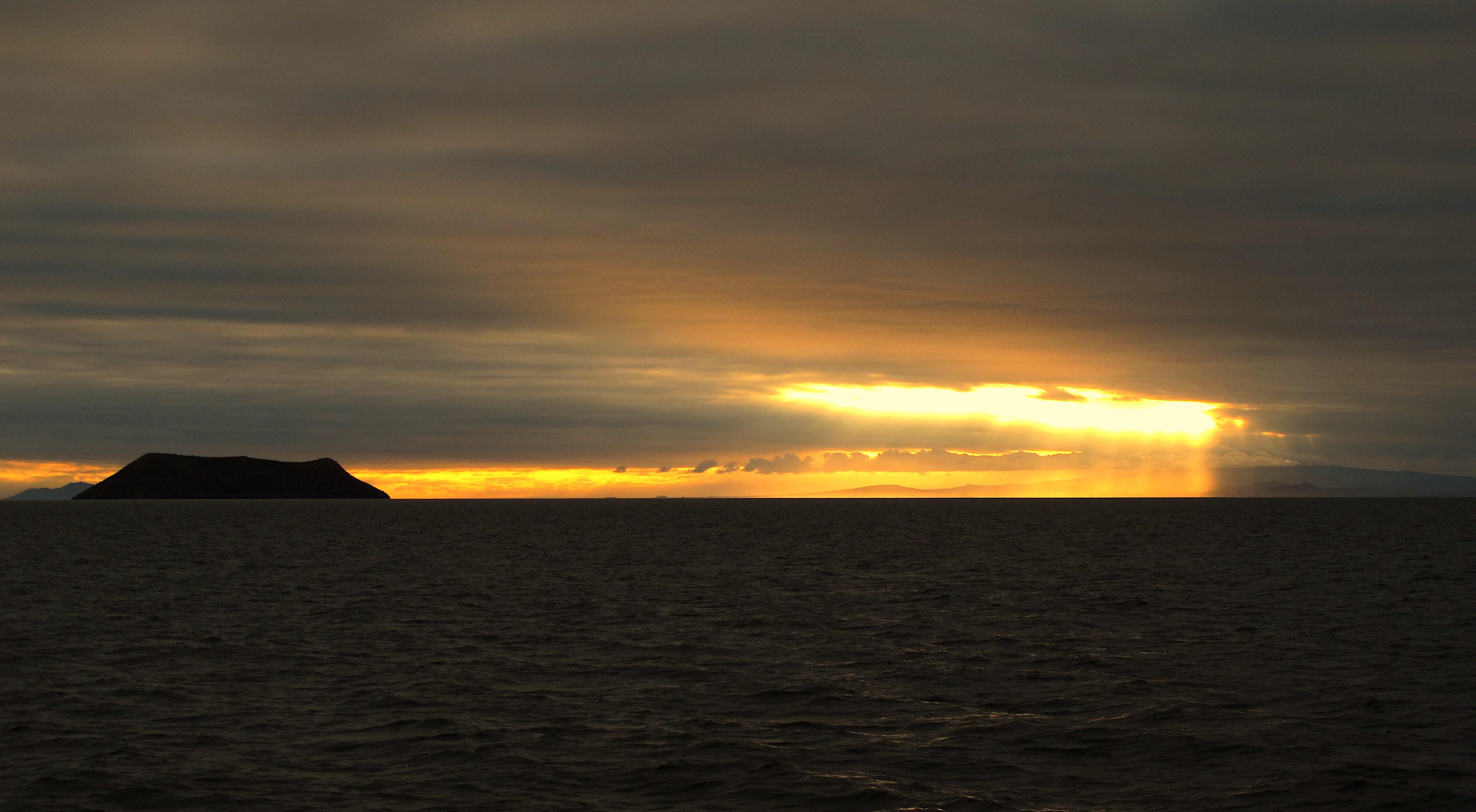
Adventurouspirits
Frigate birds followed us at a safe distance on our journey around the islands. Female frigate birds are black, but have a white breast and lower neck sides, a brown band on the wings, and a blue eye-ring that is diagnostic of the female of the species.
Enlarge
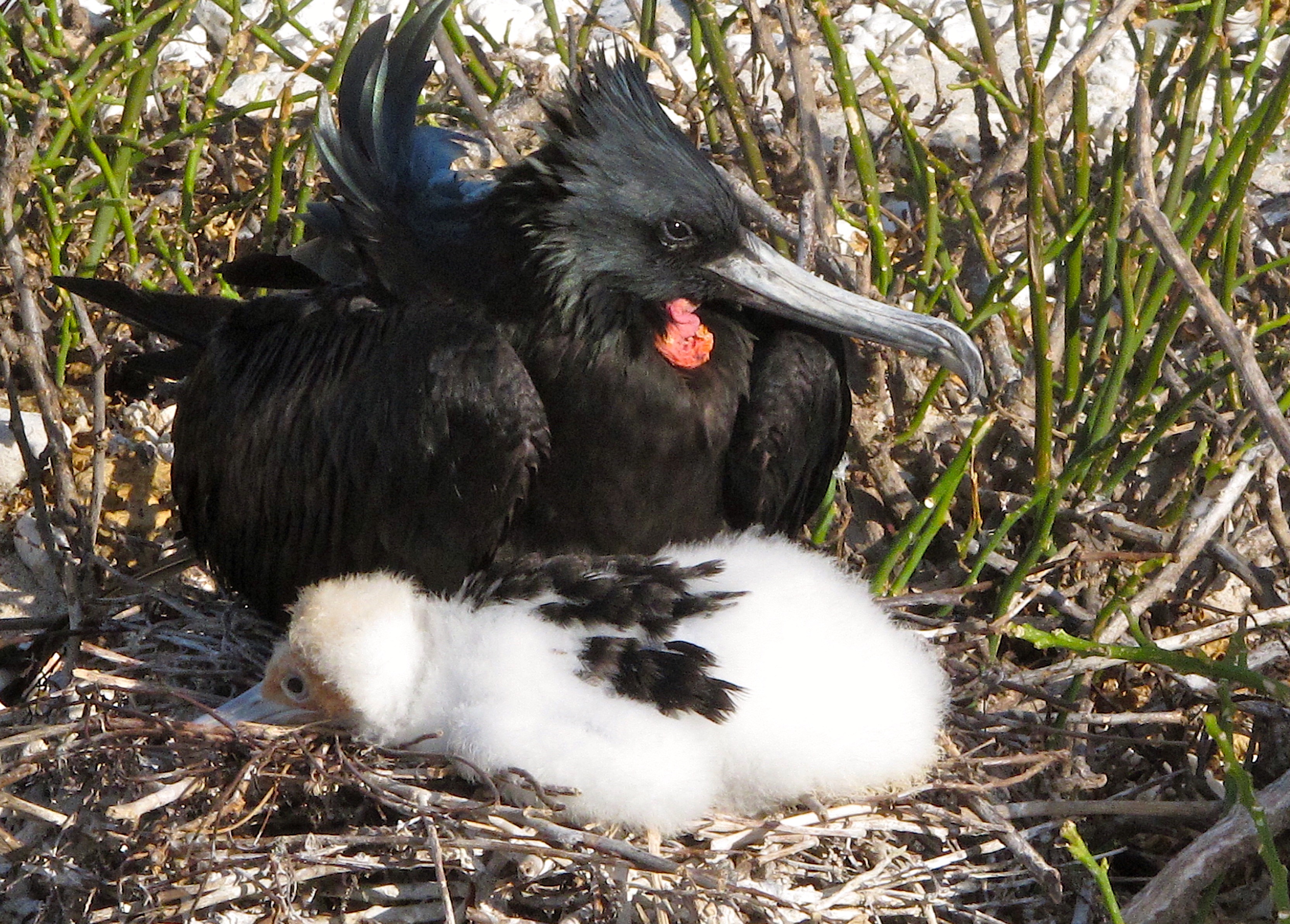
Adventurouspirits
Darwin wrote the “Origin of the Species” after visiting the Galapagos. Each island had its own species which led him to propose the theory of evolution.
Enlarge
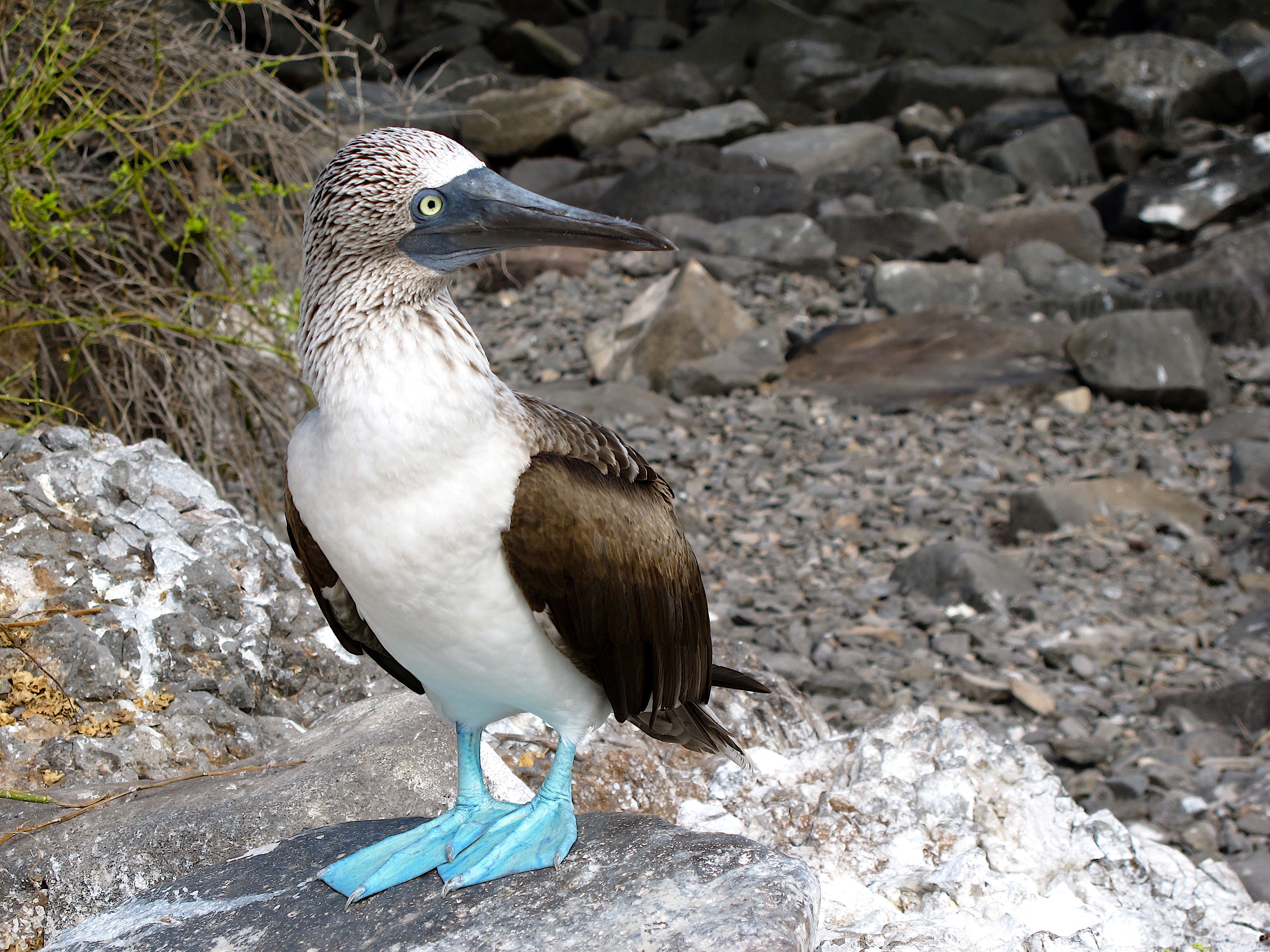
Adventurouspirits
This Marine Iguana is one of the unique species found on one of the islands.
Enlarge

Adventurouspirits
The animals that reside on the islands are completely unafraid of and unconcerned with the human visitors. They let you amble up almost right up to them, which you are not allowed to do.
Enlarge

Adventurouspirits
The Galapagos Islands are most famous for there giant Tortoises, Each Island has a different species.
Enlarge
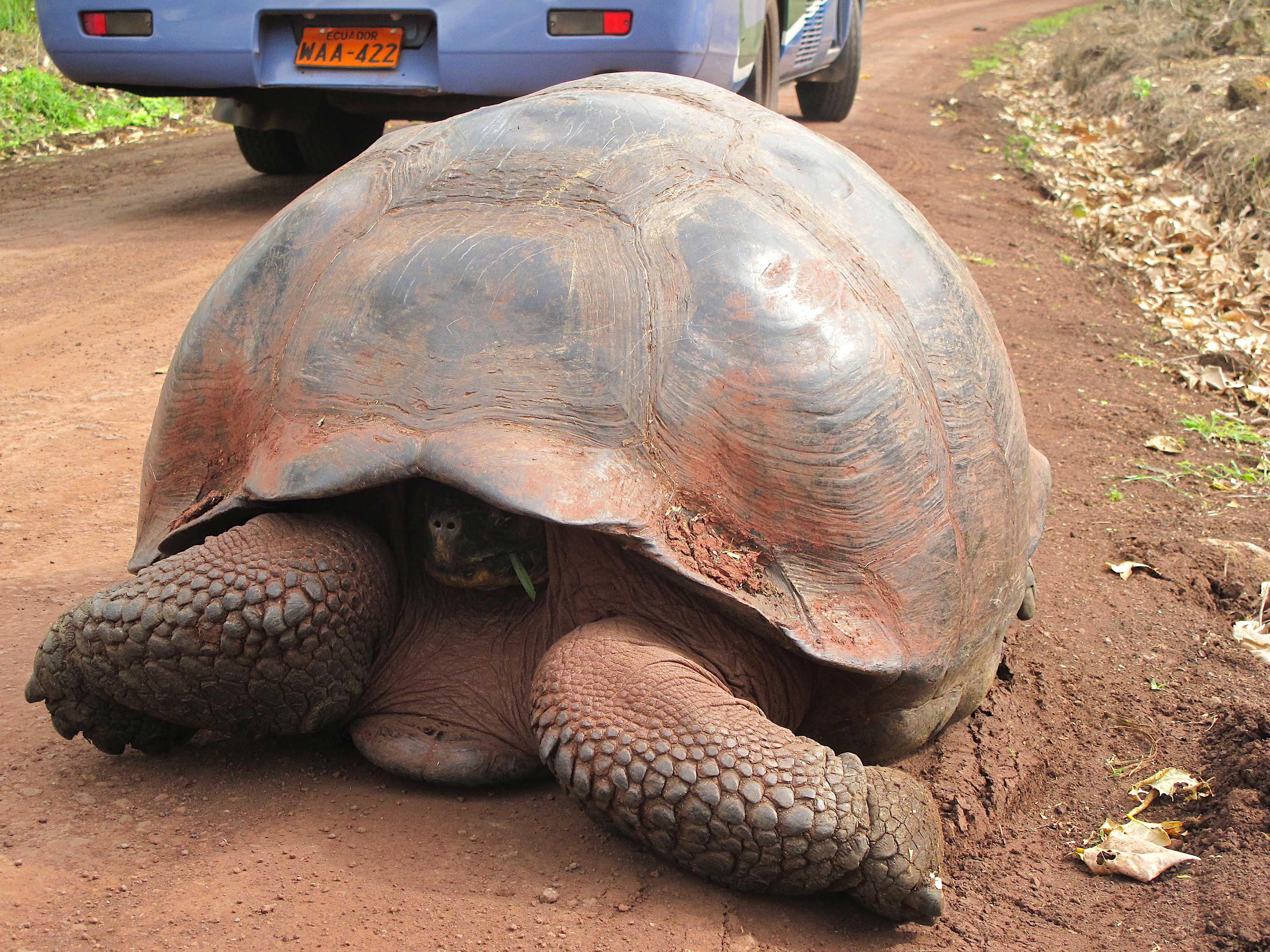
Adventurouspirits
As a geologist the volcanic origins of the islands fascinated me.
Enlarge
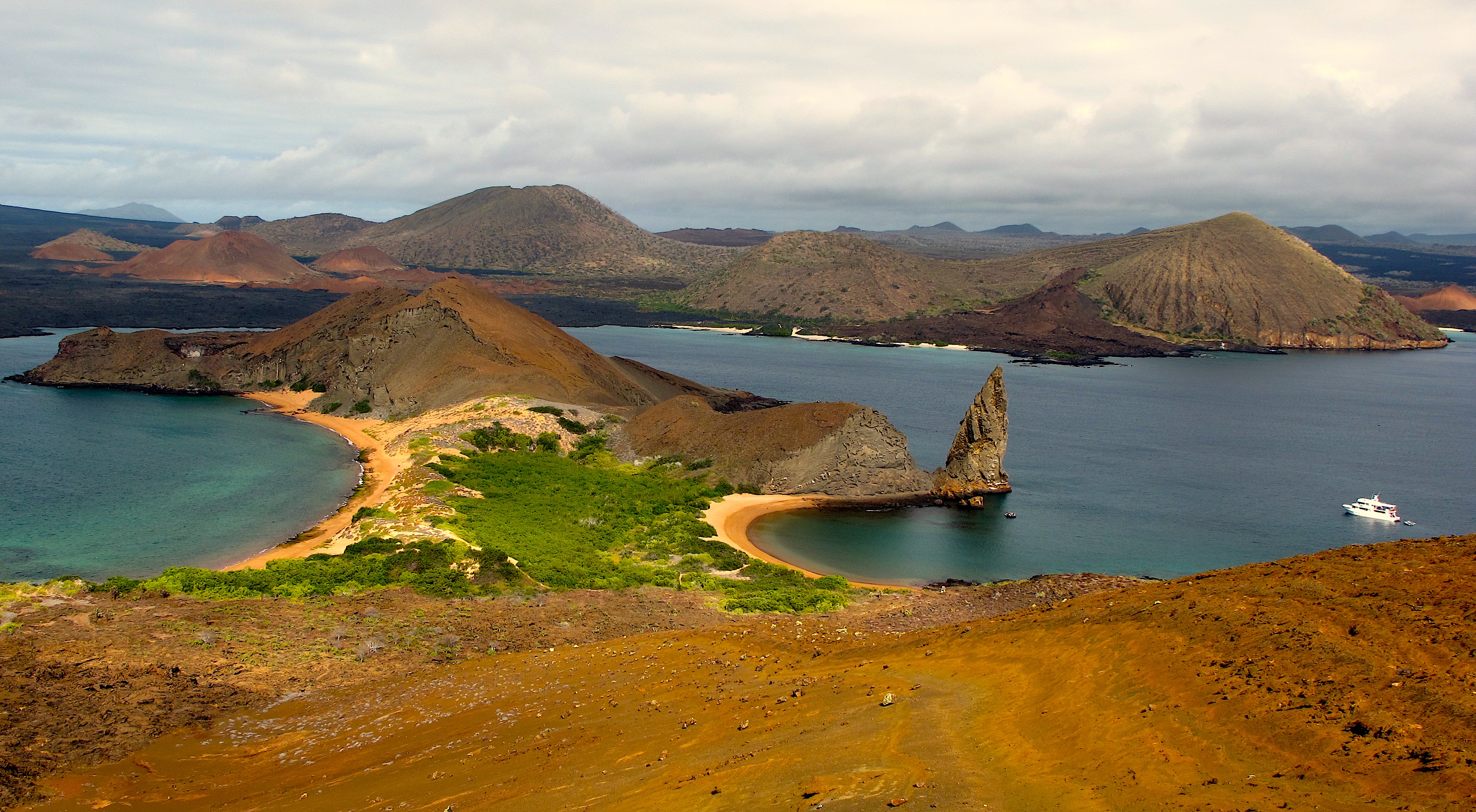
Adventurouspirits
This video will give you a more comprehensive description of this incredible island archipelago.
Ecuador is a tiny county and yet offers so much to the adventurous traveler. However, the weather did not fully cooperate and we have had rain, fog and chilly weather at high altitudes. After the wonderful weather of the Galapagos, we headed for the Central Sierra to drive the “Avenues of Volcanoes.” The Panamericana highway passes through the beautiful scenic central Andean Valley, skirting nine of the countries highest peaks several of which are active volcanoes, and passing through many indigenous villages.
We arrived at the Cotopaxi Secret Garden Hostel where fellow overlanders Luis and Lacey have been staying for several weeks, taking a break from the road. We enjoyed their company, the fabulous view of the Cotopaxi Volcano and in the distance Ruminahui. We soaked in the hot tub enjoying the view of the volcano in the distance. In the evening, we sat in front of the fireplace and enjoyed the warmth of the fire and the company of the hostel’s dogs cuddling up on our laps. At night, I headed for our camper with my hot water bottle. It was chilly and we tucked into our Canadian sleeping bags and MEC fleece.
Enlarge

Adventurouspirits
Enlarge
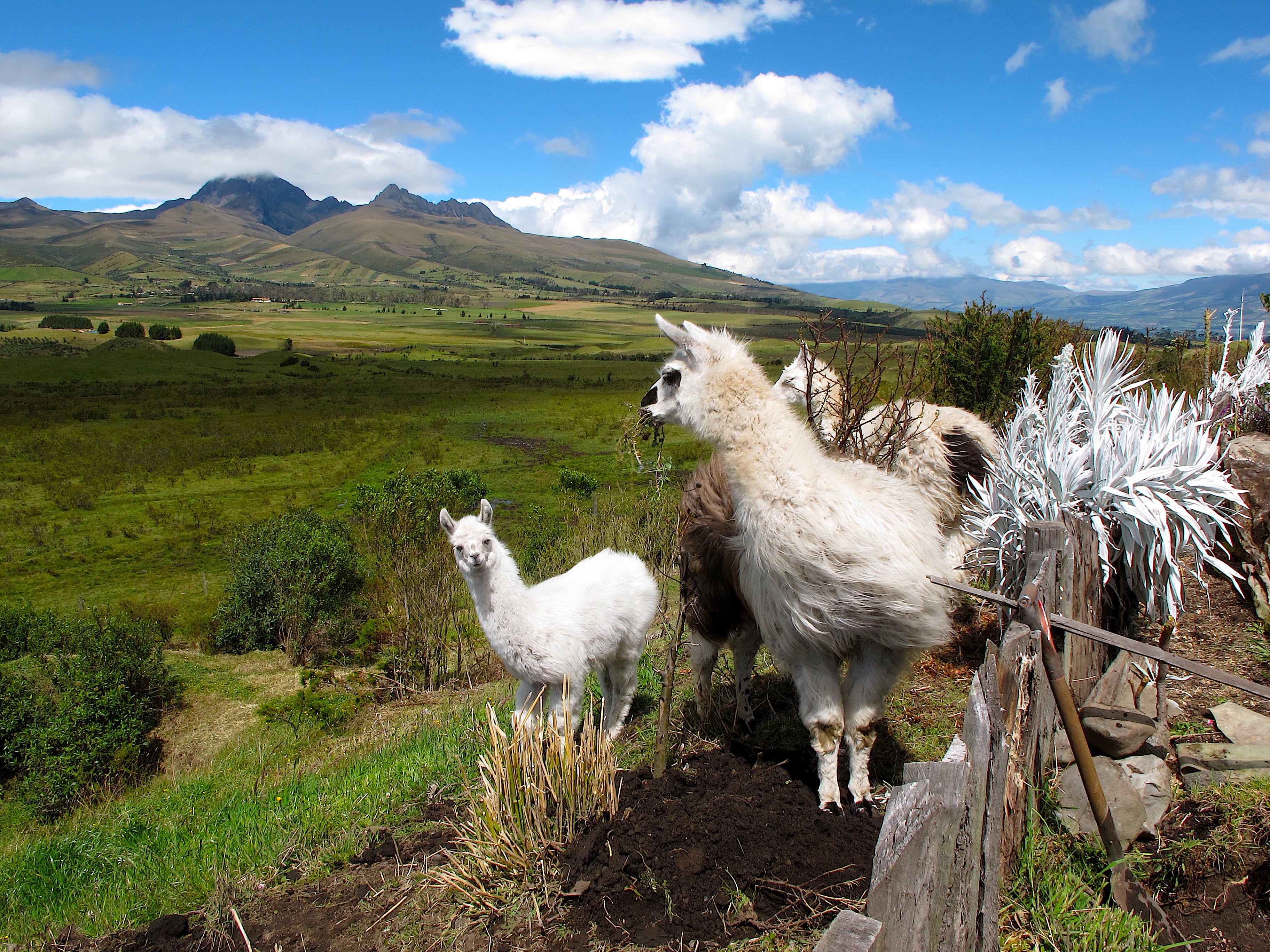
Adventurouspirits
Enlarge

Adventurouspirits
After farewells, we headed for the Cotopaxi National Park. Cotopaxi is the world’s highest active volcano and as we headed up into the park, the trees gave way to alpine flowers. The road through the park was rough and we crossed rivers before coming to climbers’ lodge. The snow covered volcano looks quite stunning when the clouds lift and we are briefly treated to a view of its summit. We stopped for lunch in at the lodge and watched as tiny little hummingbirds braved the chilly weather to feed at the feeder with the Cotopaxi Volcano in the distance
Enlarge

Adventurouspirits
At the Laguana De Limpiopungo a lake below Ruminahui a group of local schoolchildren huddling to keep warm in the biting wind. I did not expect Ecuador to be so cold. Time to head to warmer temperatures.
Enlarge

Adventurouspirits
Baños is a tourist town famous for its steamy hot pools the waters of which are warmed by the active volcano Tungurahua located 8km from the town center. We passed through the town and headed along the road towards the jungles of Ecuador. The valley was stunning with many waterfalls tumbling down the mountainsides. We passed through several tunnels cutting a path through the mountains, with the landslides, rock falls and steady rain making for challenging driving. There is evidence everywhere of the high moisture content in the air, from the moss clinging to rocks at the tunnel entrances to the grass growing on the roofs of homes.
Enlarge

Adventurouspirits
Enlarge
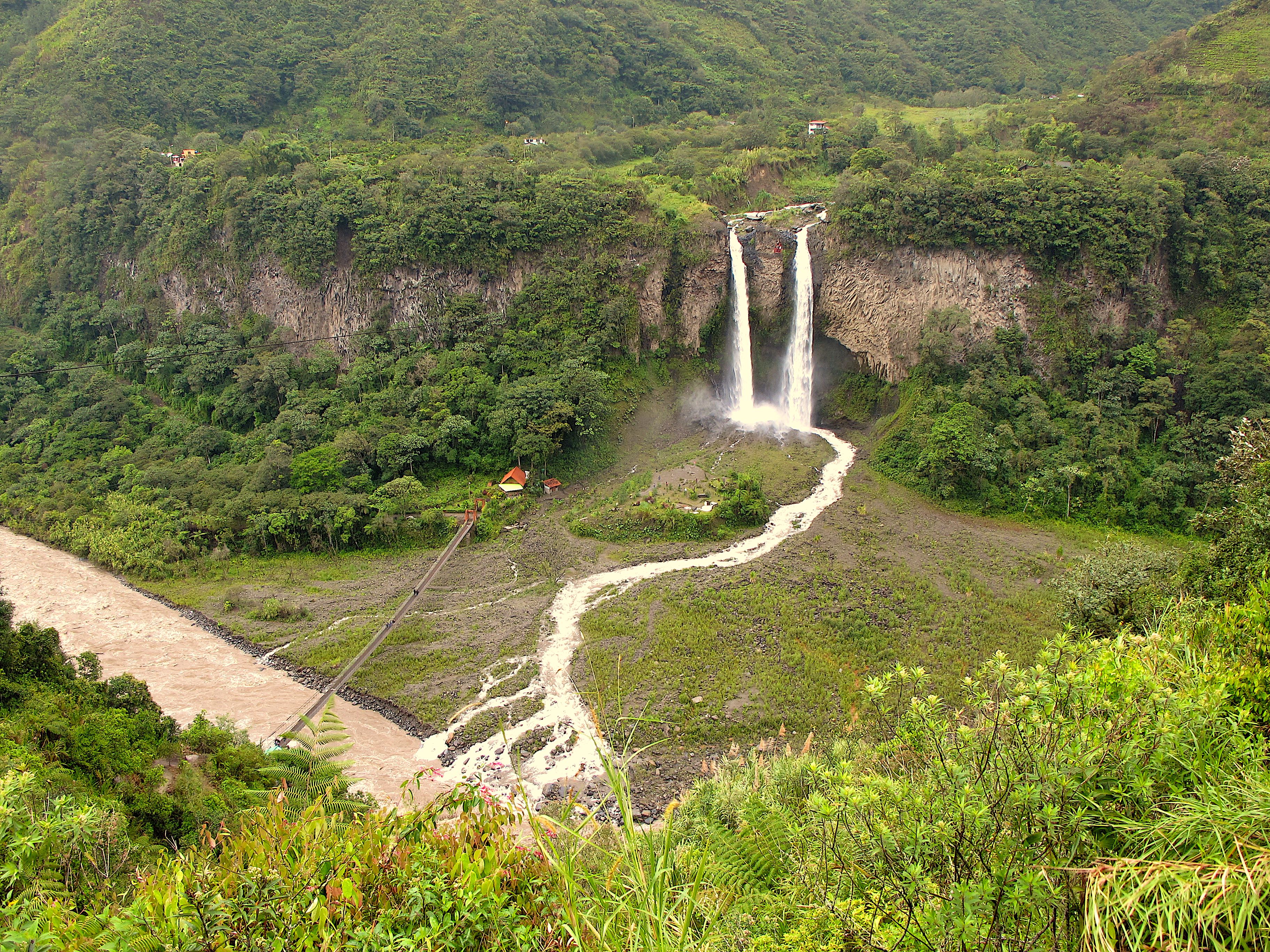
Adventurouspirits
Enlarge
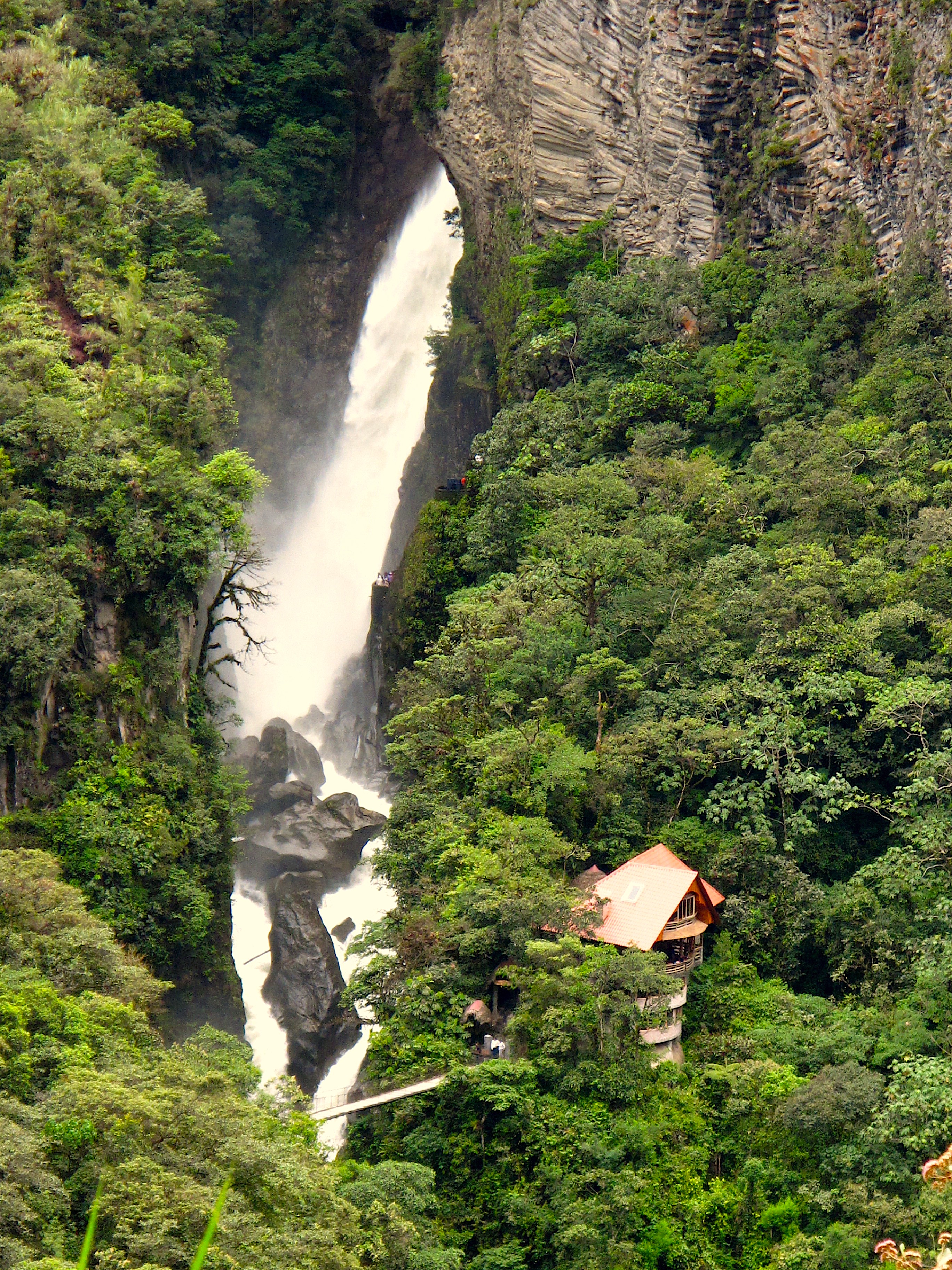
Adventurouspirits
We camped at a delightful campsite run by Sue and Marc, (Pequeno Paraidso), a great overlander spot, and hiked to a nearby waterfall appropriately named “Pailon Del Diablo” the Devil’s Cauldron. Here we hiked down to the actual waterfall and scrambled around and behind the thunderous roar of billions of gallons of water tumbling over the rocks. We spent several hours just watching an amazing variety of beautiful birds of every colour fly by, it was spectacular. On our way south we stopped briefly in Baños to explore the little town. The Ecuadorian people are incredibly generous and when we do stop to buy some food they always insist on offering us samples although I have had to say, “No” to tasting “cuy”, a cute little guinea pig that is barbecued on a spit. You see I had a guinea pig as a pet as a child and just cannot bring myself to eating something I loved. Some say it tastes like goat and others say it tastes like duck, I guess it depends on how they are cooked. I know it is an Ecuadorian tradition to eat Guinea Pig but this is one tradition I will give a miss.
Enlarge

Adventurouspirits
Now the toffee they make is terrific. Men stand pulling and twisting the long sugary toffee at times stopping to break off a piece for passersby to taste, all different flavours and all tasty, although you have to be careful as some can be teeth breakers.
Enlarge

Adventurouspirits
We visit the Basilica de Nuestra Senora de Aqua Santa, where outside, women sell candles and inside they light the candles and whisper their prayers.
Enlarge

Adventurouspirits
Enlarge
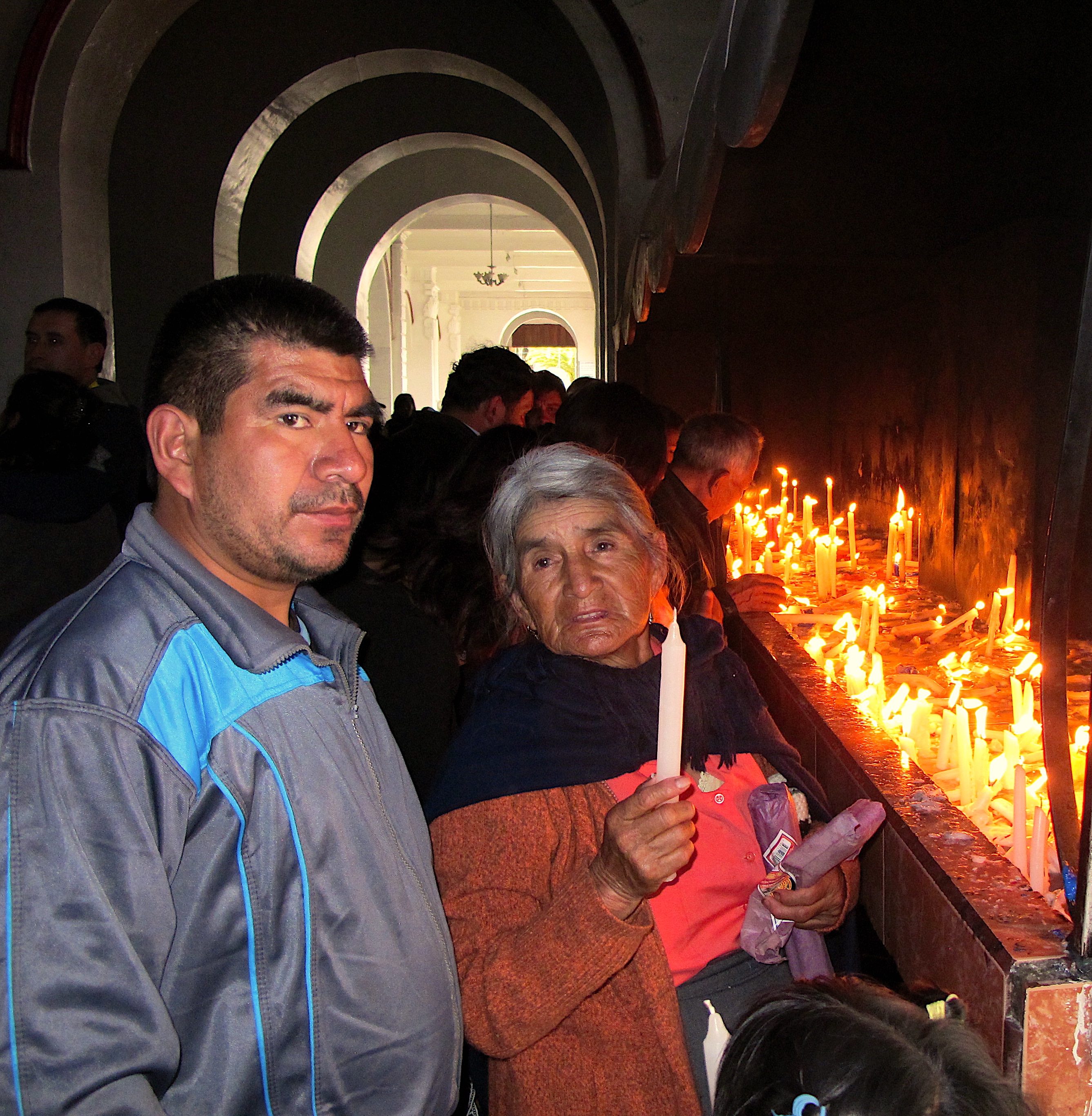
Adventurouspirits
We leave Baños without experiencing their steamy hot pools, are we getting soft in our old age? I want sunshine and warmth and coming from a Canadian that says a lot. I think I have also finally figured out the difference between overlanding in Africa and overlanding in the Americas. I think I have finally got it!
I yell at Tom just before he drives under the arch of the bridge, “We won’t fit, we are too high.” He slams on the truck breaks and makes a sharp turn left and into the oncoming traffic of a one-way street. The drivers flash their lights, honk their horns and we struggle against the traffic to do a U turn. Finally, we are giggling and out of the traffic mess. Wow, that was close. Loja is a town with colourful murals, narrow streets and impatient drivers and we loved it.
Enlarge
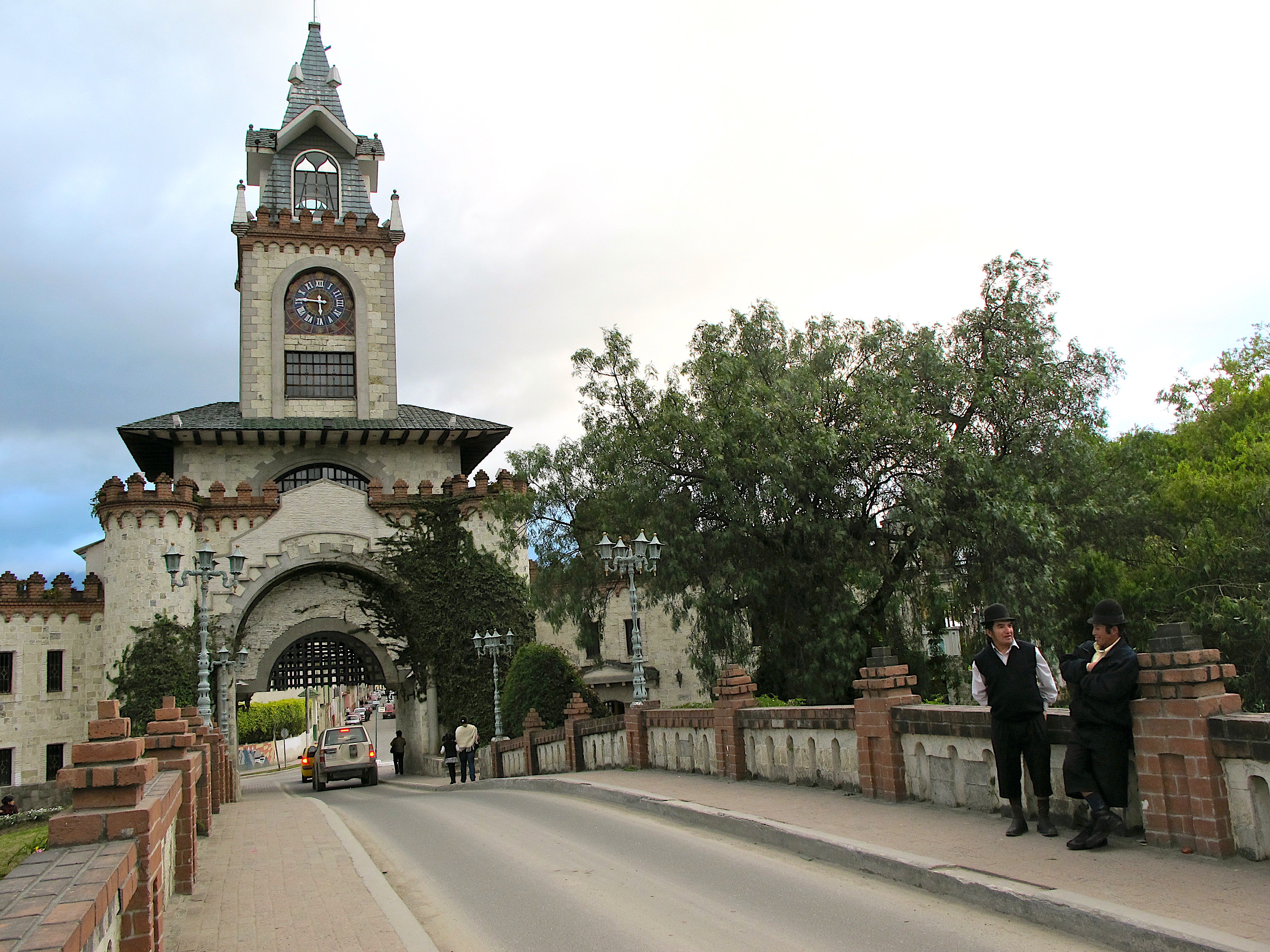
Adventurouspirits
Enlarge

Adventurouspirits
Enlarge
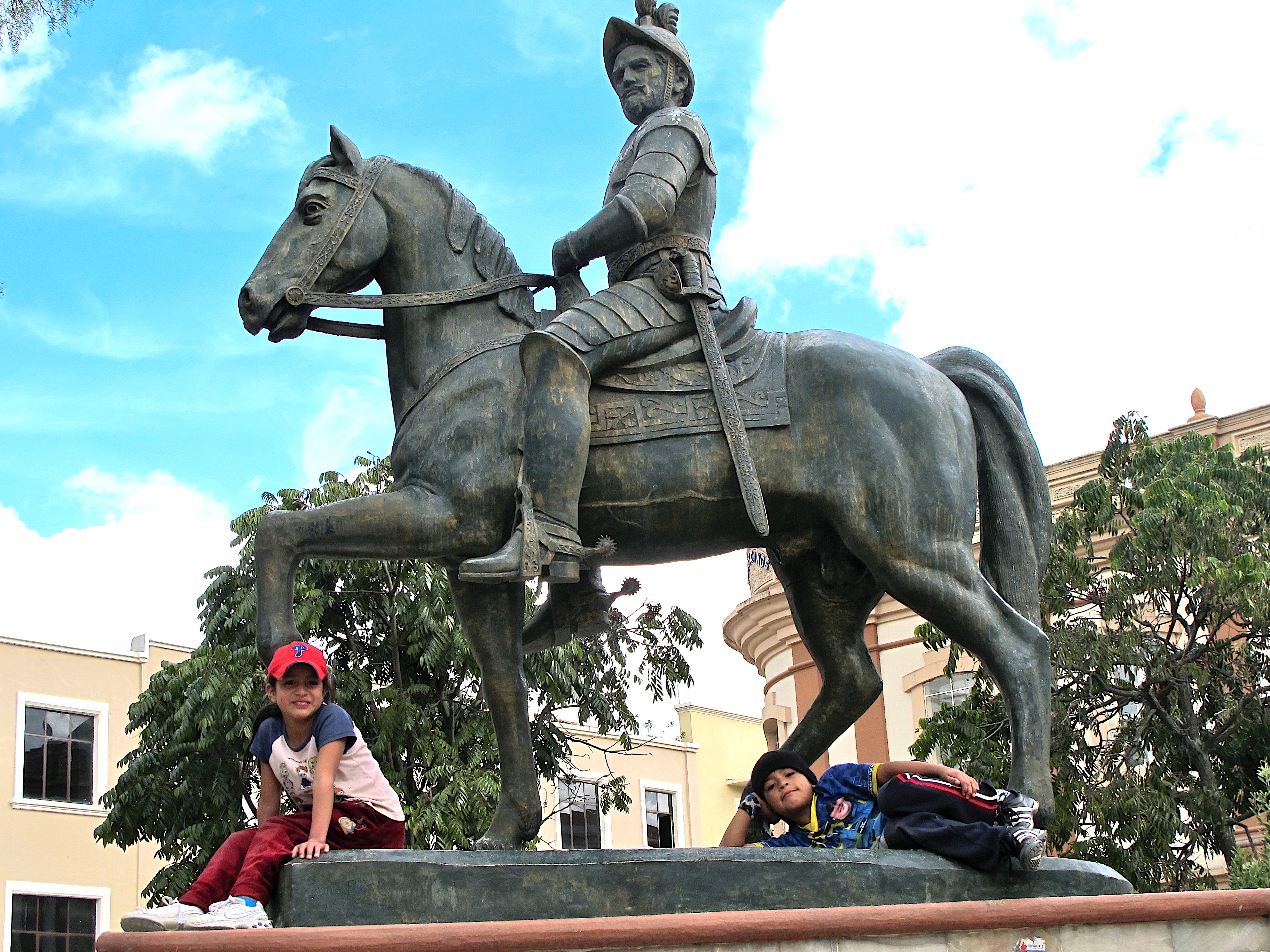
Adventurouspirits
Driving to Loja from Cuenca, we crossed over one of the most stunning mountain passes we have ever driven. Around every corner, the view seemed to disappear into the clouds above and the valleys below. We passed several landslides and places where the roads had disappeared, dropping off over the abyss. To give warnings to oncoming traffic that the road was gone the locals placed rocks, branches, or little red flags. They seem to take landslides during the rain as a fact of life, just as Canadians take avalanches in winter as a fact of life. They work endlessly repairing the roads. We spoke to some travellers coming north who told us the roads were worse and their travels were nearly “catastrophic”
Enlarge
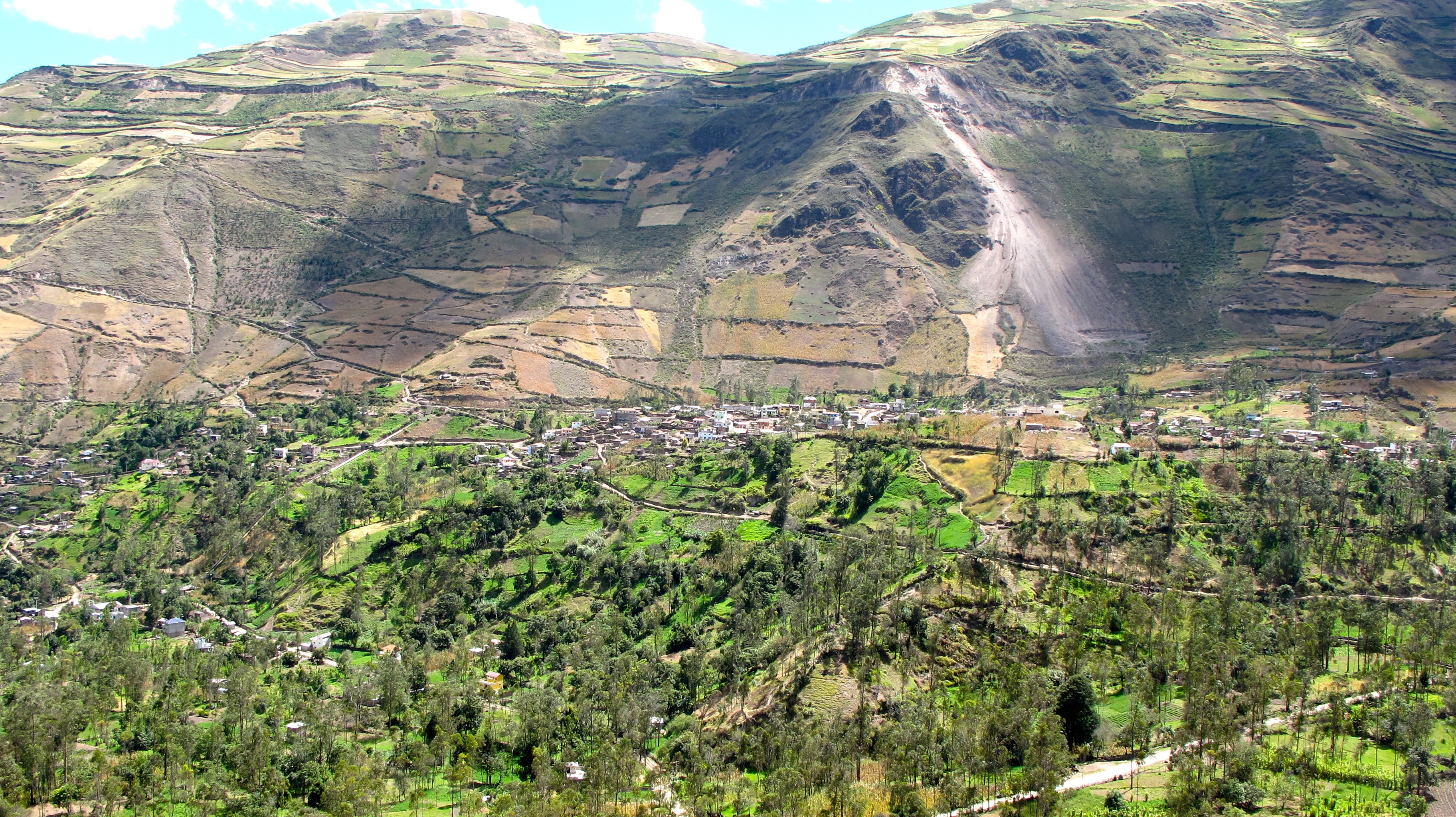
Adventurouspirits
We reached Vilcabamba a rural village; a village tucked away in a valley once the playgrounds of the Incas. Today, tourists and foreigners crowd the village seeking the secret of youth as Vilcabamba is famous for the longevity of its residents. Scientists have not yet identified the reason for the apparently high percentage of residents who live into their 100’s.
Enlarge

Adventurouspirits
Enlarge

Adventurouspirits
We sit outside of a Juice Bar sipping fruit juices, people around us are speaking English, and in fact, everyone is speaking English. Foreigners from around the world seem to have invaded this once quiet and peaceful village. We chat to some, they came in search of a good climate, have started small businesses and in doing so have driven up the price of land and housing.
Enlarge
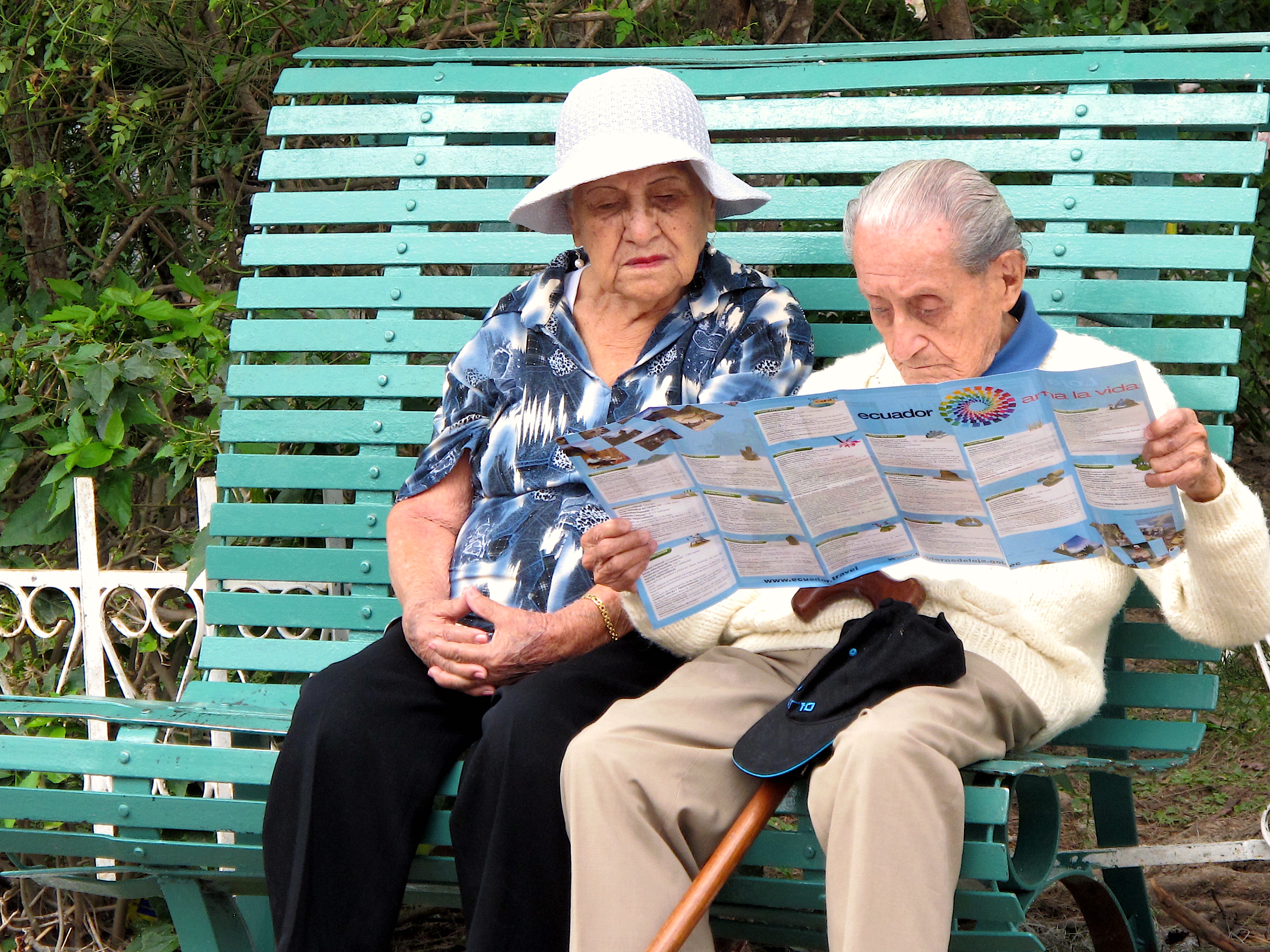
Adventurouspirits
Large mansions are scattered across the mountains, they have the best views and plenty of the fresh water. Along the main road the little homes of the locals, built by hand, were chickens scratch the earth, dogs lie in the sun, cows and horses tied up with scraps of rope while grazing. Two worlds, two cultures struggle to live together.
I will remember Ecuador for all its beautiful mountains, valleys and the Galapagos Islands, but most of all I will remember Maria G. I met her in Vilcabamba. Maria sat on her haunches on the side of the road, a chicken scratched in the ground besides her. She wore a dirty tattered purple top with black baggy pants and was barefoot. I approached and greeted her and asked her name. She looked at me, with a puzzled look and told me her name was “Maria, Maria G”, she repeated it several times as if making sure I knew who she was. She stood up and I was surprised at how little she was. She seemed so frail, yet she seemed proud to show me her home. She led me to her house and opened a door; I stared at all the guinea pigs on the floor of the otherwise empty room. There were about 20-30 little guinea pigs all eating rice off the floor. She was proud of her guinea pigs, and I wondered does she sell them or eat them? The door to her other room was open. This room too had no furniture, not even a bed, just some boxes and rags of clothing. Marie looked ancient but I did not ask her age, it seemed so irrelevant. Yet in Vilcabamba, age is relevant, everyone wants to know how old you are especially if you look ancient.
Enlarge
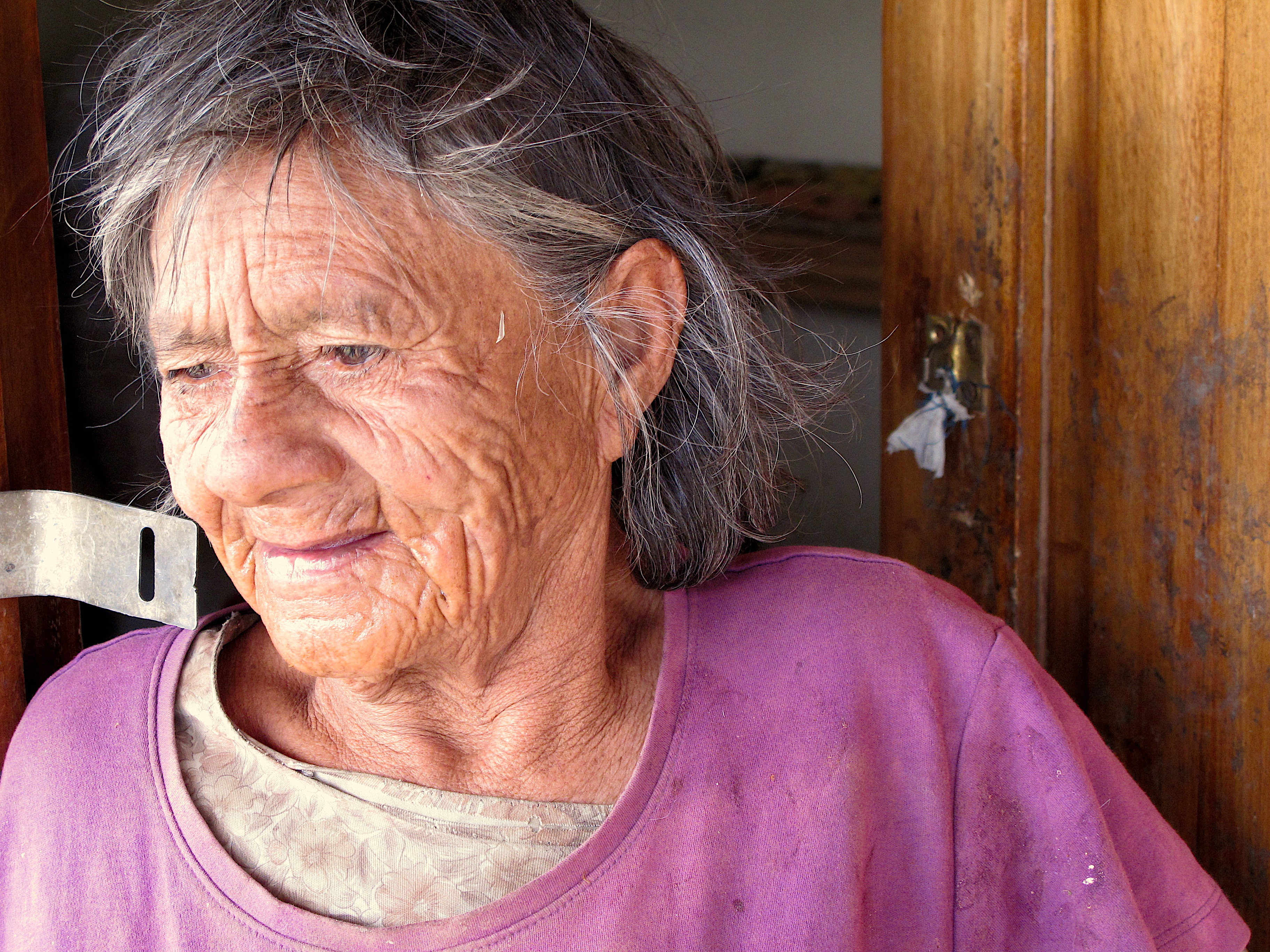
Adventurouspirits
Enlarge
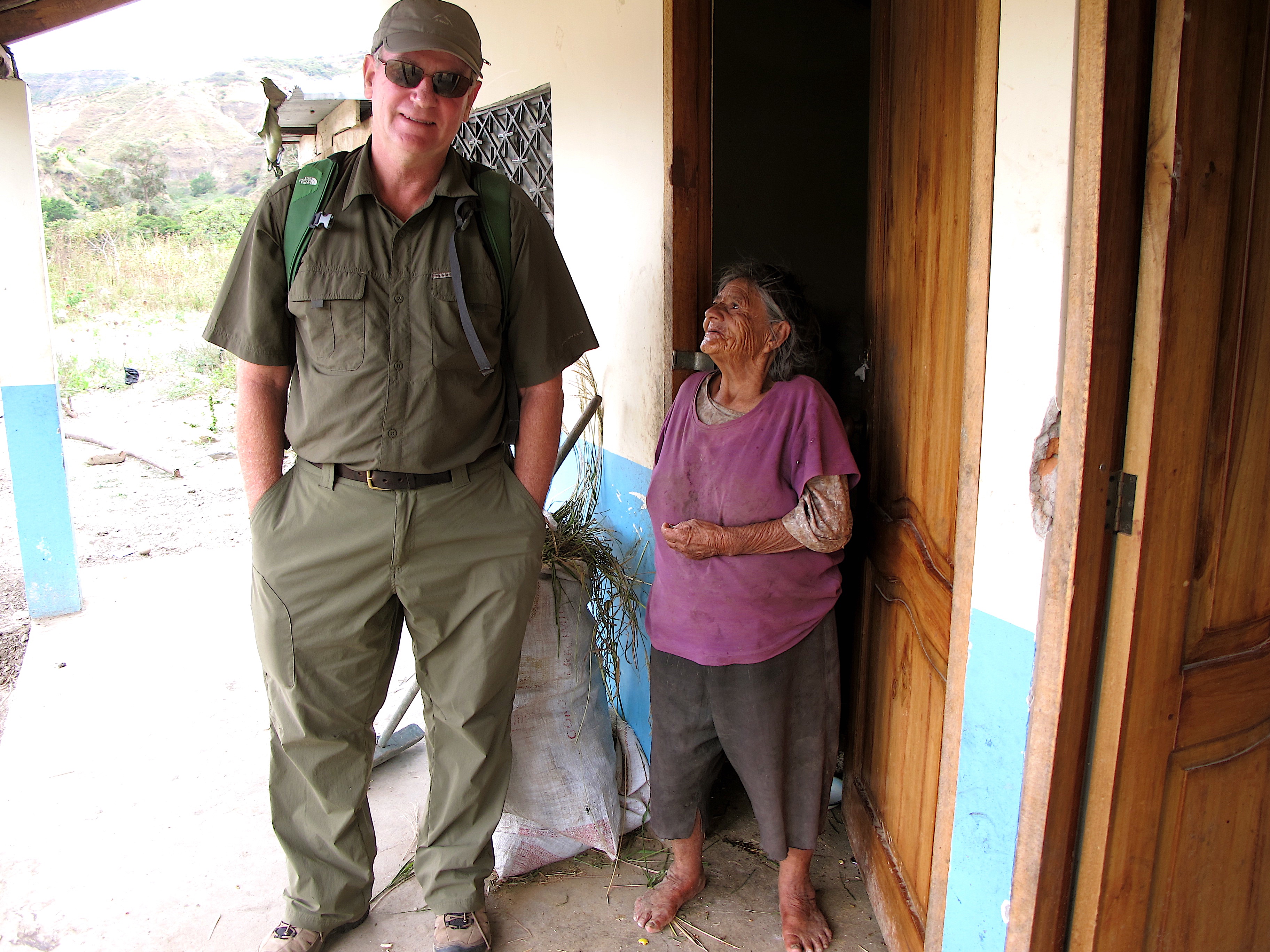
Adventurouspirits
I thought about my own life, and wondered how long I would live, how and where I would die. I wondered if I would really like to live to a 100 years if I had to live a life like Maria. I wondered about societies attitudes towards aging. I wondered why so many elderly are discarded by society and wondered how the elderly can claim back their value in today’s society.
Traveling the world is a privilege and we have been fascinated by the different roles the elderly play in different cultures and societies across the world. In our simple opinion we seem to hear more laughter in villages where the elderly play a role in the lives of the children.
We thoroughly enjoyed Ecuador and it was now time to leave and head for Peru. We were advised by another overlanding couple that there was a good road over the mountains which would get us to the border in half the time than taking the usual highway. That was only half the story however. Check out this video to see what the road was really like.

Loved catching up on all your news . What amazing things you have seen and done. Enjoy the Galapogus. One day we will get there. Travel safe.
Ian and Brenda